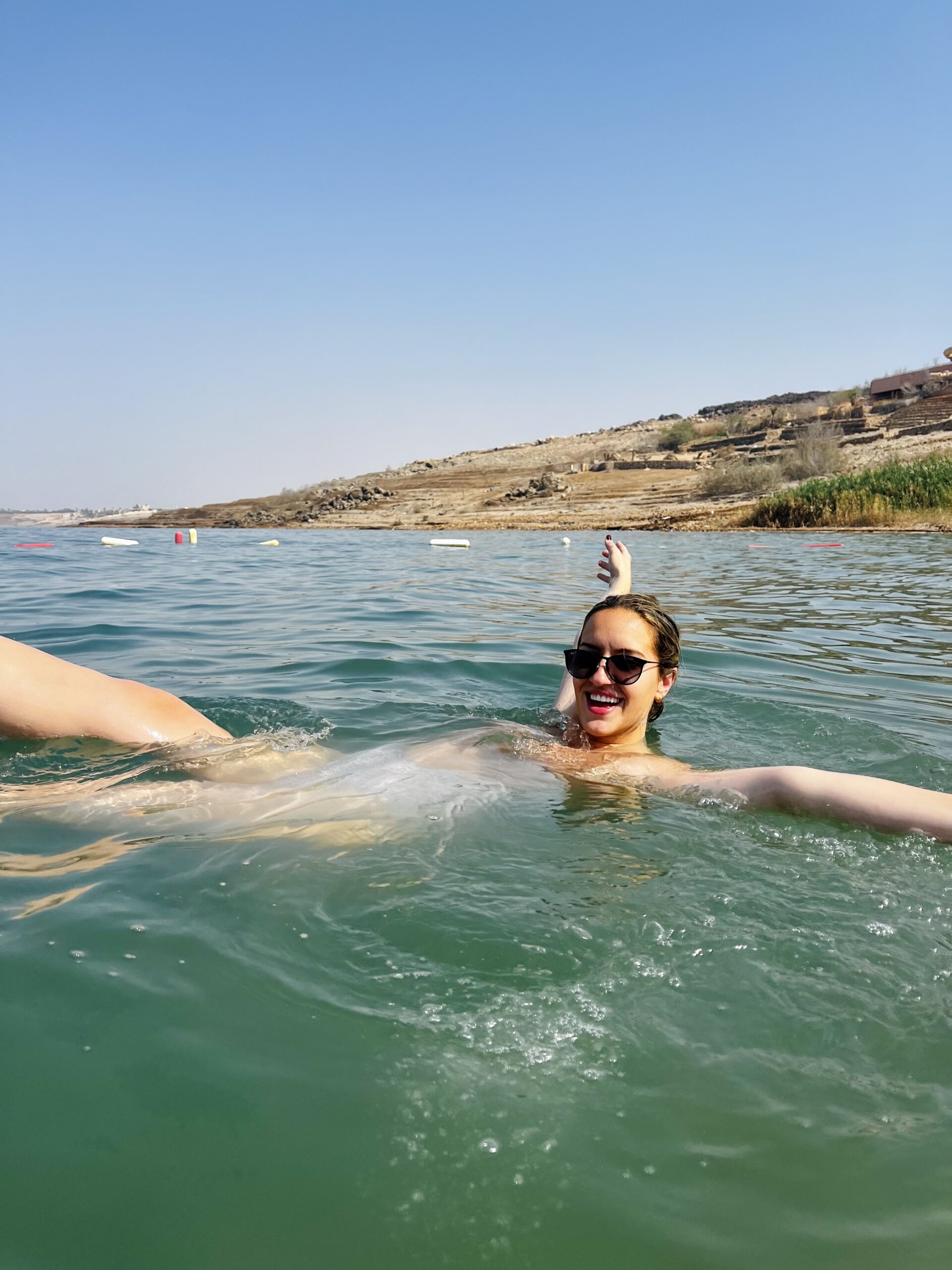
Amman, the capital of Jordan, is a vibrant and culturally rich city with a mix of ancient history and modern attractions. Here are some things to do in Amman:
- Visit the Amman Citadel: Explore the Amman Citadel, also known as Jabal al-Qal’a, which is a historic site with ancient ruins, including the Temple of Hercules and the Umayyad Palace. It offers panoramic views of the city.
- Explore the Roman Theater: The Roman Theater is one of Amman’s most iconic landmarks. It’s an incredibly well-preserved Roman amphitheater that dates back to the 2nd century AD. You can attend cultural events and enjoy the historical setting.
- Stroll through the Downtown Area (Al-Balad): Downtown Amman is a bustling area with markets, shops, cafes, and historic buildings. Wander through the bustling streets, try local street food, and shop for souvenirs in places like the Souk Jara or Souk Al-Sukkar.
- Visit the Jordan Museum: The Jordan Museum offers insights into the country’s history and culture. It features archaeological artifacts and exhibits that provide a comprehensive overview of Jordan’s heritage.
- Explore Amman’s Royal Palaces: Visit the Royal Palaces in Amman, including the magnificent King Abdullah I Mosque and Raghadan Palace. These architectural gems are stunning examples of modern Islamic architecture.
- Shop at Rainbow Street: Rainbow Street is known for its trendy cafes, art galleries, and boutique shops. It’s a great place to enjoy a leisurely stroll and soak up the local atmosphere.
- Taste Jordanian Cuisine: Amman is renowned for its delicious Jordanian cuisine. Be sure to try dishes like falafel, shawarma, mansaf (a traditional Jordanian dish), and sweets like knafeh and baklava.
- Visit the Jordan Folklore Museum: Located near the Roman Theater, this museum offers an opportunity to learn about Jordan’s folklore and traditional crafts.
- Explore Amman’s Modern Art Scene: Amman has a growing modern art scene. You can visit art galleries like Dar Al-Anda or Nabad Art Gallery to appreciate contemporary Jordanian art.
- Hike in the Amman Hills: There are several hiking trails in the hills surrounding Amman, including the Amman Hiking Trail. These trails offer a peaceful escape from the city and great views of the surrounding landscape.
- Relax at Amman’s Cafes: Jordanians love their coffee and tea, and you’ll find numerous cafes throughout Amman. Enjoy a traditional Arabic coffee or tea at a local cafe and people-watch.
- Day Trip to Jerash: Jerash, an ancient Roman city, is just a short drive from Amman. Explore its well-preserved ruins, including temples, arches, and a well-preserved hippodrome.
- Visit the King Hussein Mosque: This grand mosque, with its impressive blue dome, is a significant religious and architectural landmark in Amman.
- Take a Cooking Class: Learn how to prepare traditional Jordanian dishes by taking a cooking class in Amman. It’s a great way to immerse yourself in the local culture and cuisine.
- Attend Cultural Events: Check if there are any cultural festivals, concerts, or events happening in Amman during your visit. The city often hosts cultural and music festivals.
Amman offers a rich blend of history, culture, and modernity, making it a compelling destination for travelers. Be sure to also respect local customs and traditions while exploring this welcoming city.
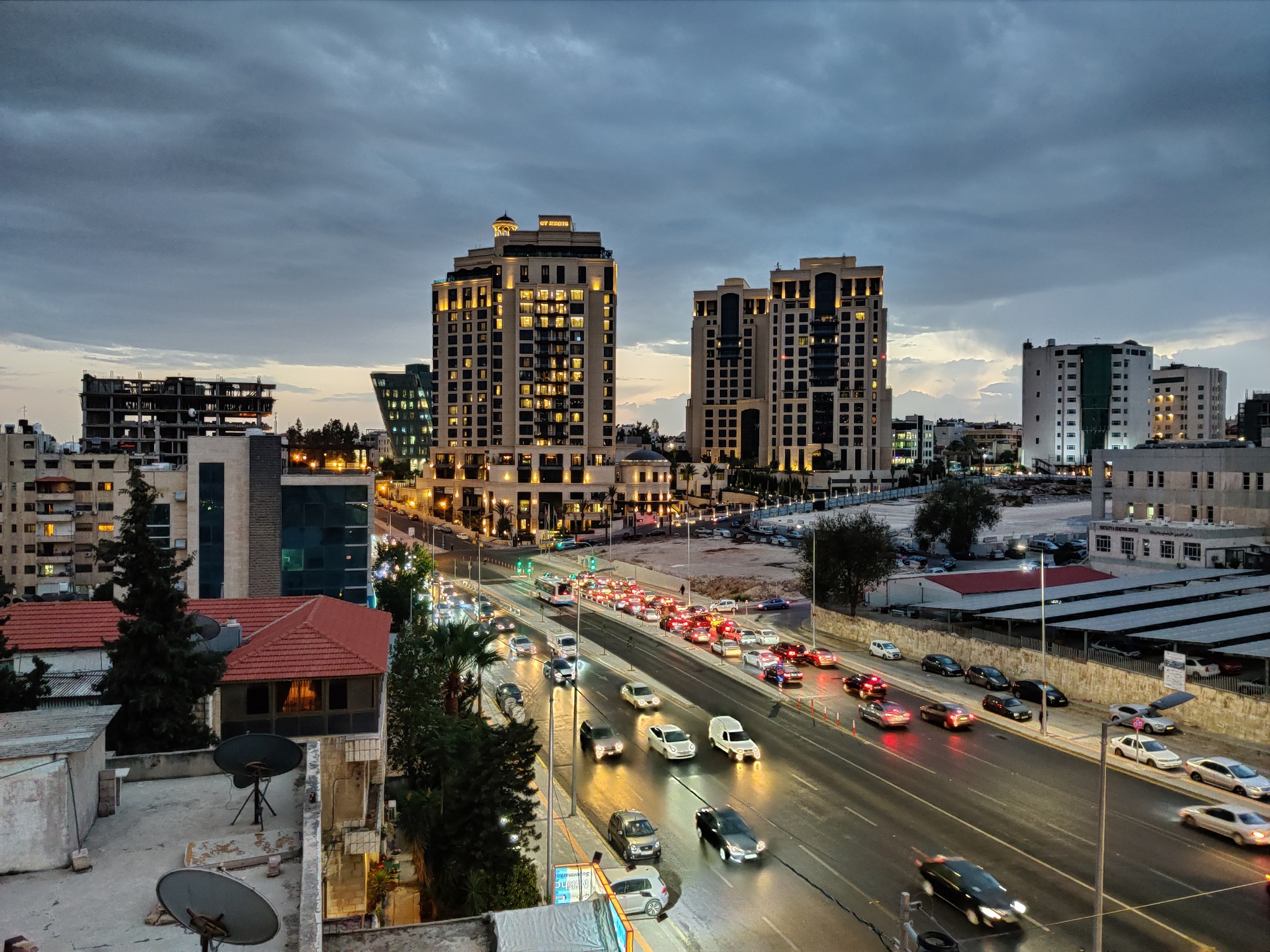

Um Qais, also known as Gadara, is a historic town located in the northern part of Jordan. It offers visitors a unique blend of history, culture, and stunning natural landscapes. Here are some things to do in Um Qais:
- Explore the Roman Ruins: Um Qais is famous for its well-preserved Roman ruins, which include a theater, a basilica, and a colonnaded street. Take a walk through these ancient structures and marvel at their architectural beauty.
- Visit the Museum: The Um Qais Museum provides valuable insights into the history of the region, including its Roman past. You can see artifacts and learn more about the significance of the site.
- Enjoy the Panoramic Views: One of the highlights of Um Qais is its breathtaking views of the Sea of Galilee, the Golan Heights, and the Yarmouk River Valley. Be sure to take in the panoramic vistas from the viewpoint.
- Wander the Town: Stroll through the charming town of Um Qais, which boasts traditional stone houses and a peaceful atmosphere. You can interact with locals, explore the narrow streets, and savor authentic Jordanian cuisine at local restaurants.
- Hike in the Surrounding Hills: The hills surrounding Um Qais offer excellent hiking opportunities. You can embark on scenic hikes to explore the natural beauty of the area. It’s a great way to appreciate the landscape and get some exercise.
- Bird Watching: Um Qais is a popular spot for birdwatching, especially in the spring and autumn when migratory birds pass through the region. Bring your binoculars and enjoy birdwatching in the lush landscapes.
- Visit Umm Qays Reserve: The nearby Umm Qays Reserve is a protected area known for its diverse wildlife and plant species. It’s an excellent place for nature enthusiasts and eco-tourism.
- Attend Cultural Events: Check if there are any cultural events or festivals happening in Um Qais during your visit. These events often include music, dance, and traditional performances, providing a glimpse into local culture.
- Relax and Unwind: Um Qais offers a serene and peaceful atmosphere, making it an ideal place to relax and unwind. You can enjoy a cup of tea or coffee at a local café while taking in the views.
- Day Trip to Ajloun Castle: Consider taking a day trip to Ajloun Castle, which is located about 45 minutes away from Um Qais. This medieval fortress offers a fascinating glimpse into Jordan’s history.
Remember to check the local tourism office for the latest information on opening hours, guided tours, and any special events or activities happening in Um Qais during your visit.
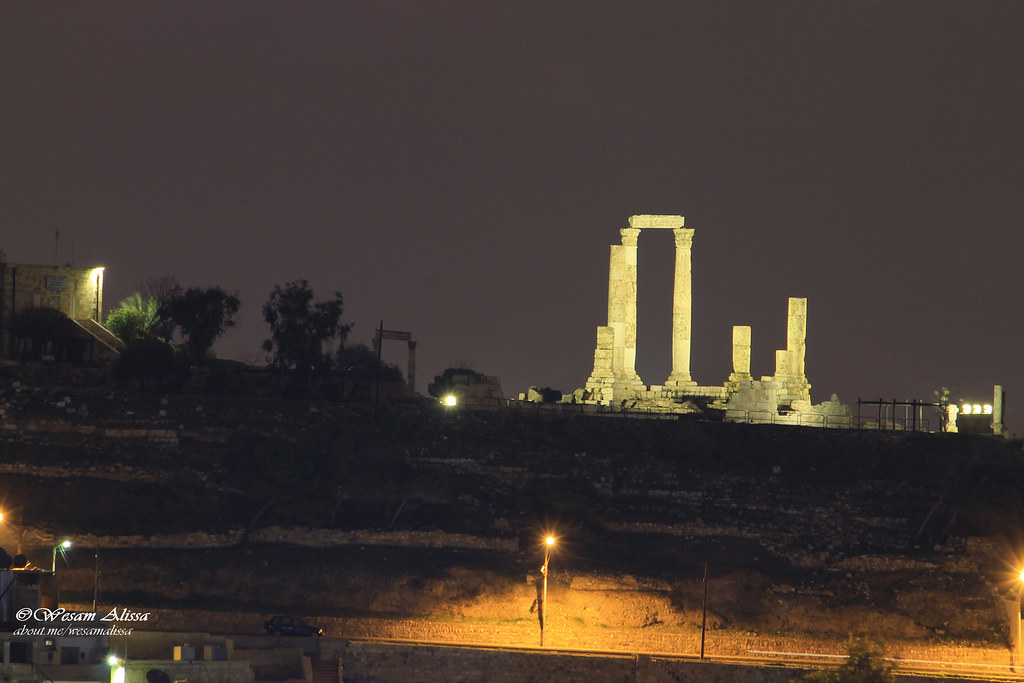
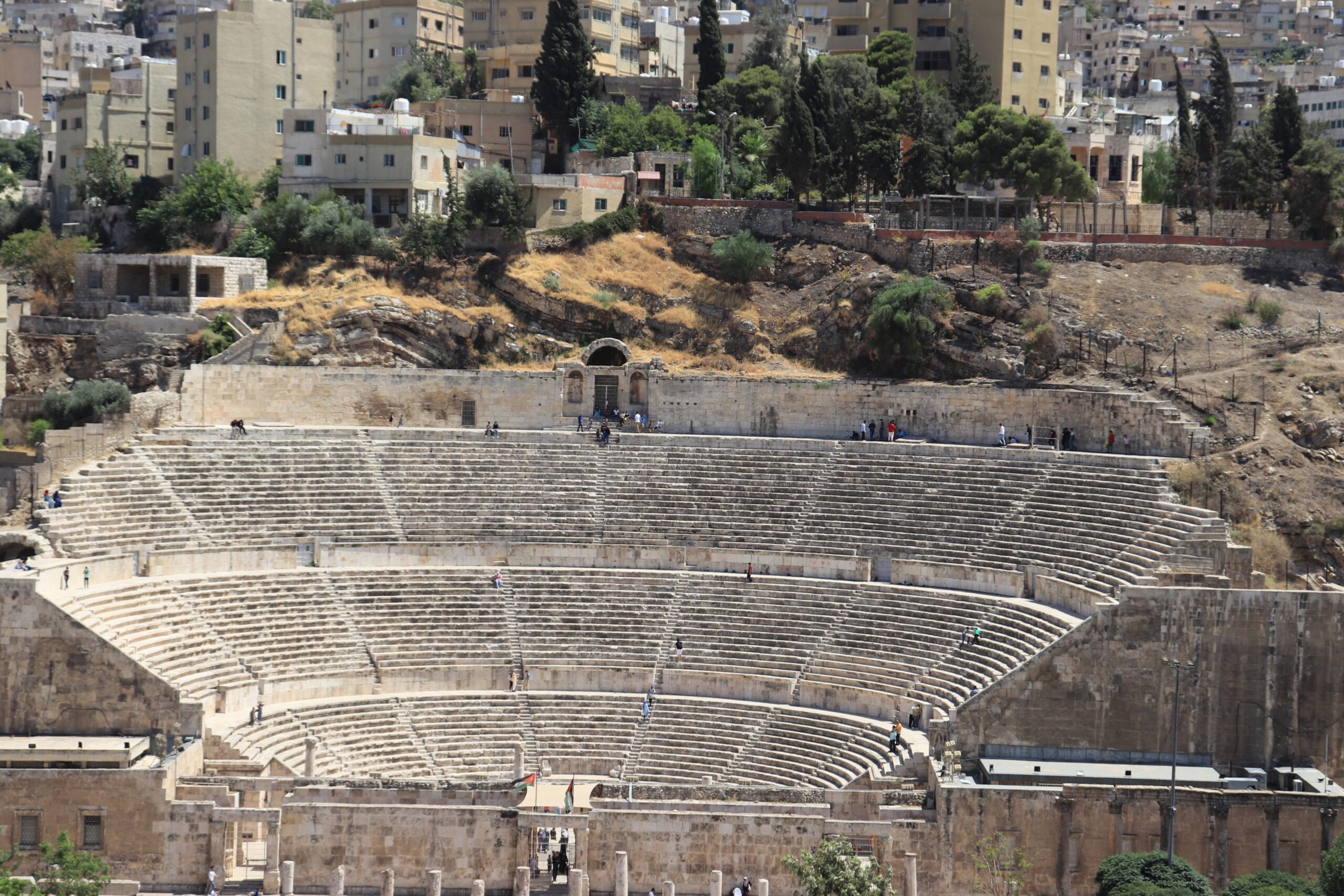
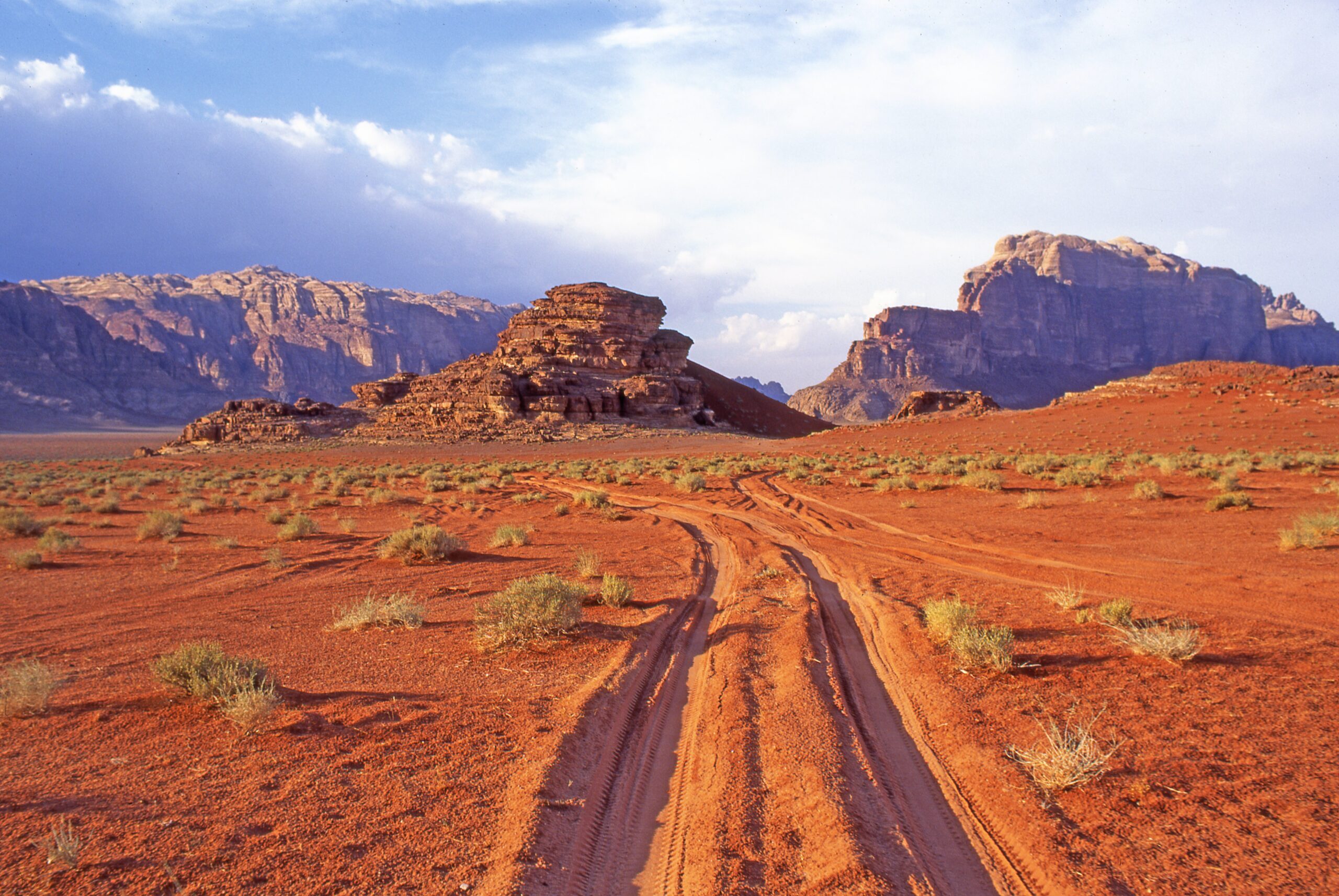
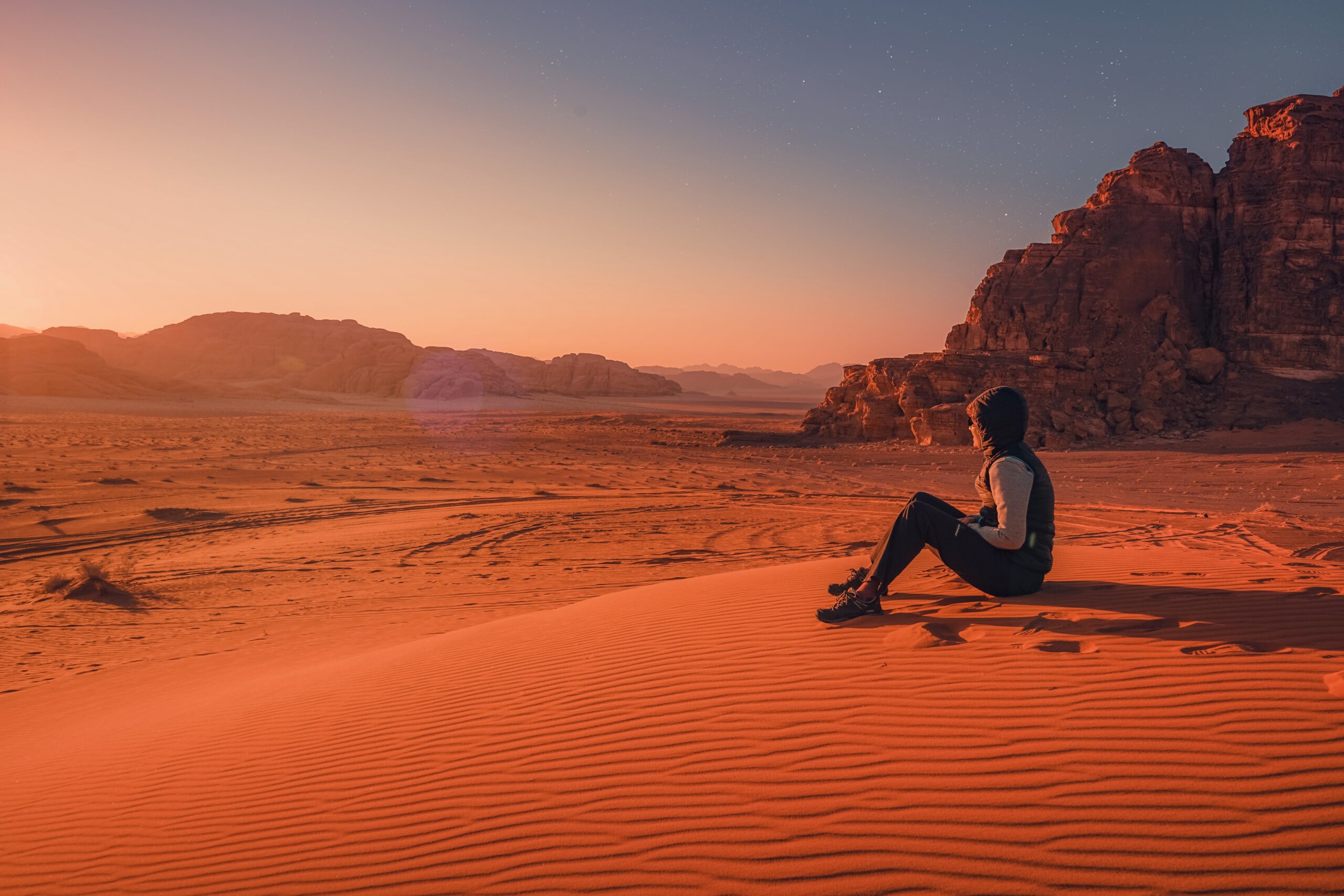
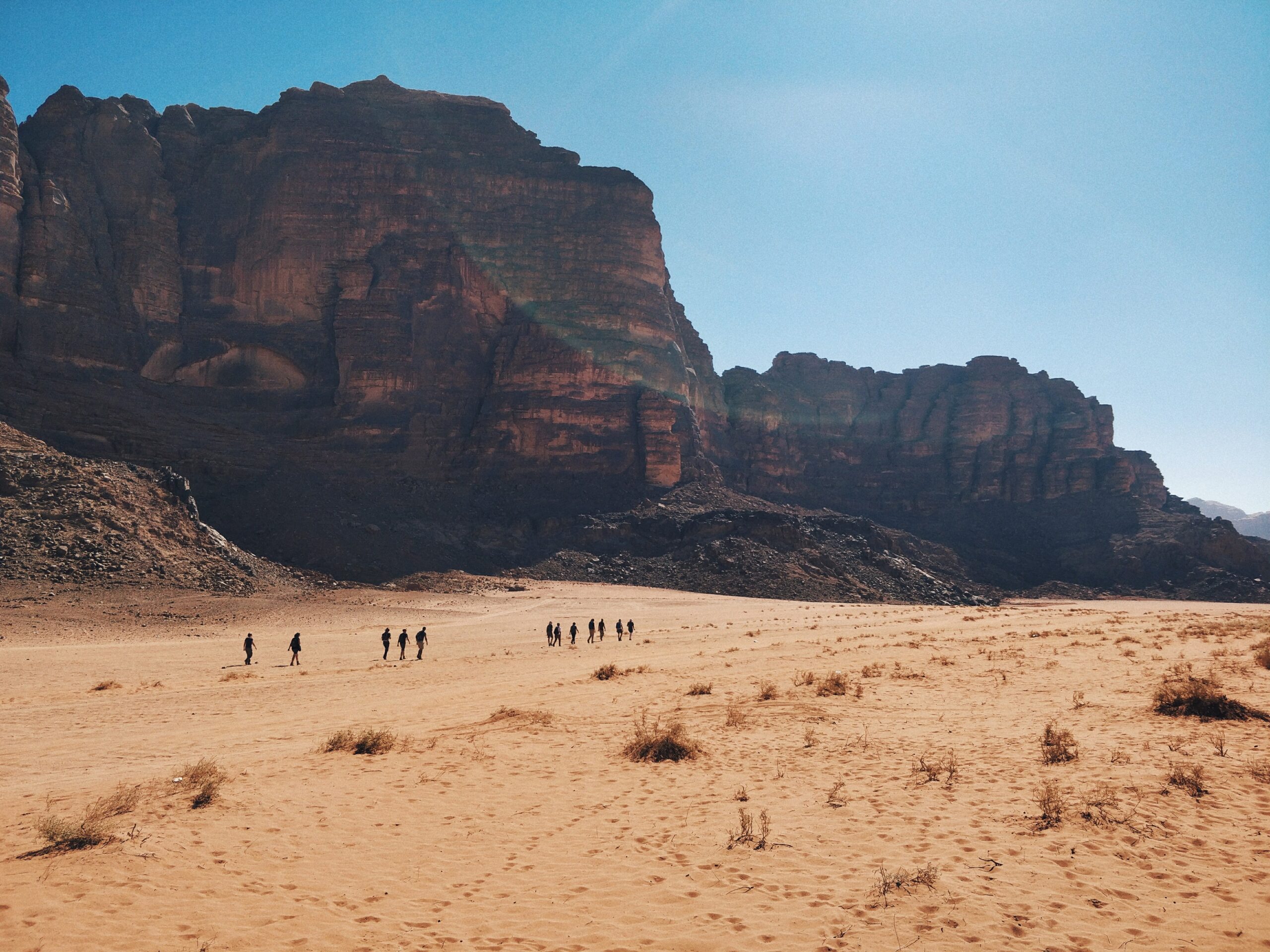
The Dead Sea, located in Jordan, is one of the most famous and unique natural attractions in the world. Here’s some information about the Dead Sea in Jordan:
- Geographic Location: The Dead Sea is situated in the Jordan Rift Valley, bordered by Jordan to the east and Israel and the West Bank to the west. It’s part of the larger Jordan Valley region.
- Lowest Point on Earth: The surface of the Dead Sea is approximately 430 meters (1,410 feet) below sea level, making it the lowest point on Earth’s surface. This unique geographical feature is a significant point of interest for visitors.
- High Salinity: The Dead Sea is known for its extremely high salinity, which is about 10 times saltier than regular seawater. This high salt concentration makes it impossible for most organisms to thrive in the water, hence the name “Dead” Sea.
- Mineral-Rich Waters: The Dead Sea is rich in various minerals, including magnesium, calcium, potassium, and bromide. Many people visit the Dead Sea to take advantage of the therapeutic benefits of these minerals, which are believed to be beneficial for skin conditions, such as psoriasis and eczema, as well as for relaxation and wellness.
- Floating Experience: Due to its high salt content, anyone can effortlessly float on the surface of the Dead Sea. This unique experience is a must-try for visitors. The buoyancy of the water is such that you can sit or lie back and comfortably float without sinking.
- Mud Baths: The Dead Sea mud, also rich in minerals, is known for its beneficial properties for the skin. Visitors often apply the mud to their bodies, let it dry, and then rinse it off. It’s believed to have exfoliating and rejuvenating effects.
- Tourist Attractions: The Dead Sea area in Jordan is well-developed for tourism. There are numerous resorts, hotels, and spas offering a range of services, from therapeutic treatments to relaxation and recreation.
- Natural Beauty: The Dead Sea region is surrounded by stunning desert landscapes and mountains. Visitors can explore nearby nature reserves like the Mujib Nature Reserve and the Ein Gedi Nature Reserve, which offer hiking and outdoor activities.
- Historical and Cultural Sites: The Dead Sea area is rich in history and culture. Nearby attractions include the ancient fortress of Masada, Qumran (where the Dead Sea Scrolls were discovered), and several biblical sites.
- Accessibility: The Dead Sea is easily accessible from the Jordanian capital, Amman, and from other major cities in Jordan. It’s a popular day trip or weekend getaway destination for both locals and tourists.
Visiting the Dead Sea in Jordan provides a unique blend of natural beauty, historical significance, and wellness opportunities, making it a popular destination for travelers seeking relaxation and cultural experiences.

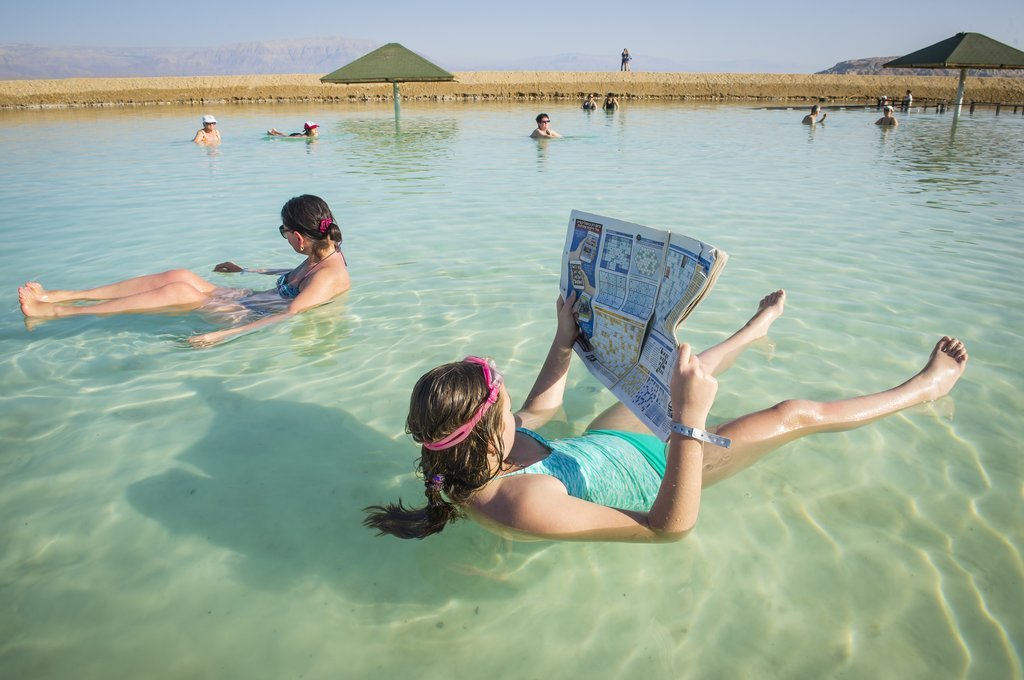
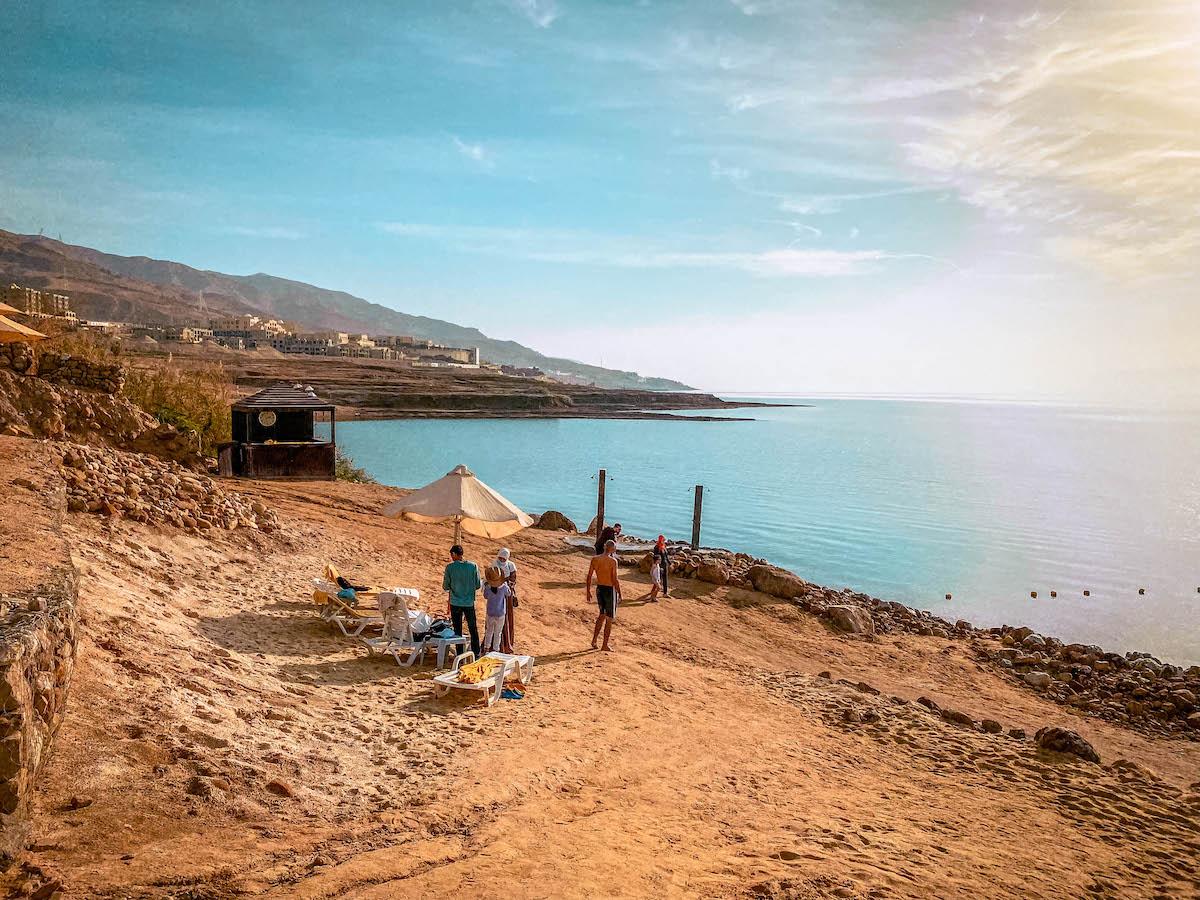
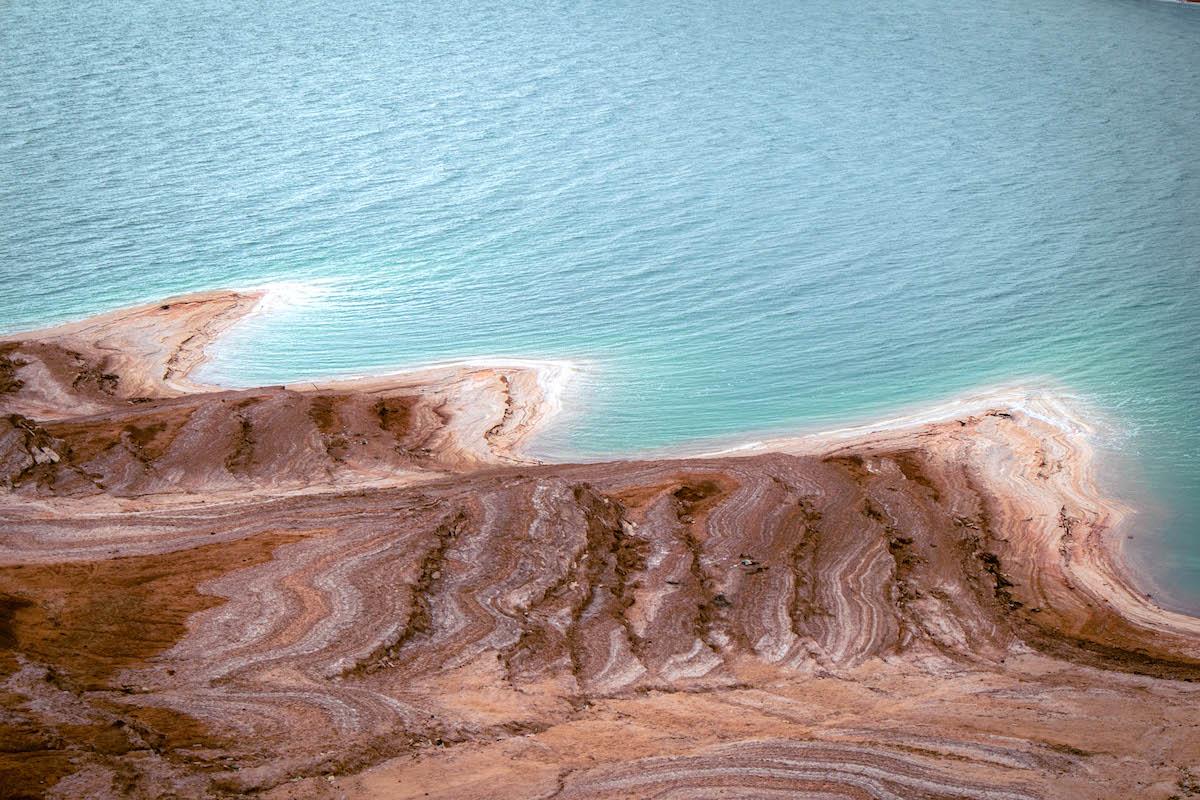
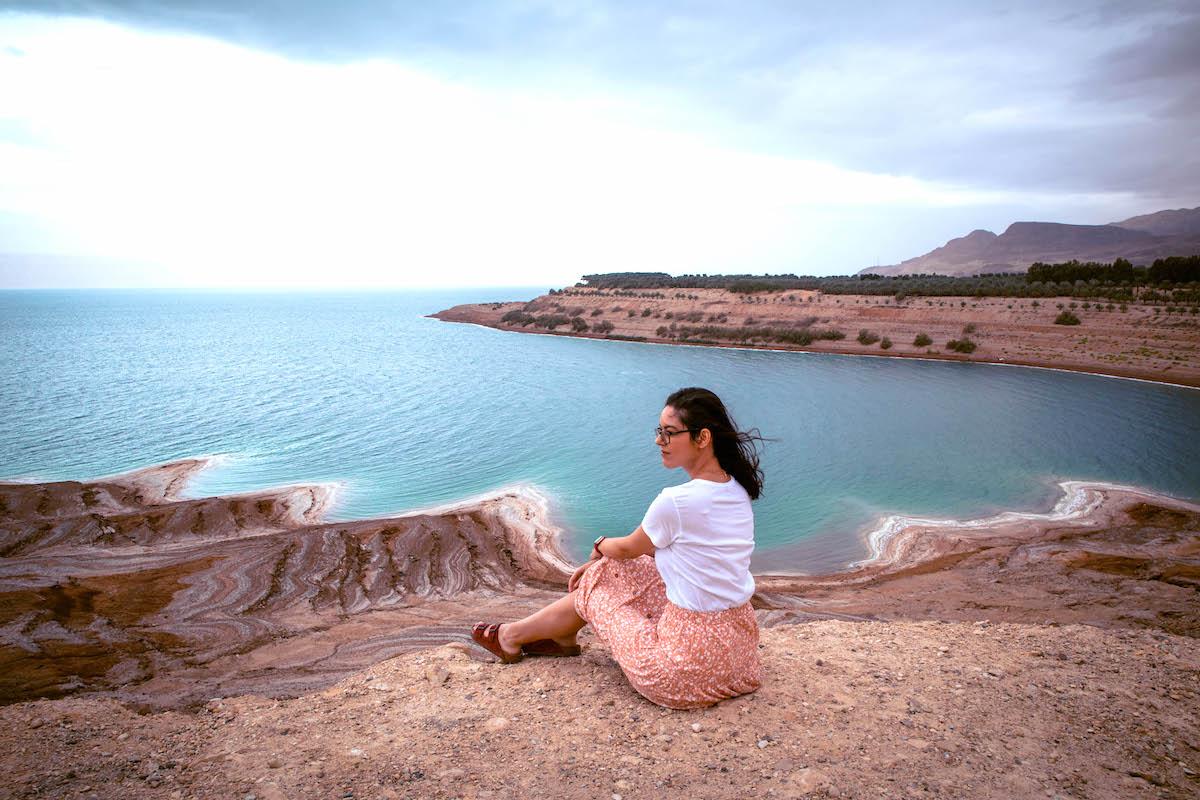
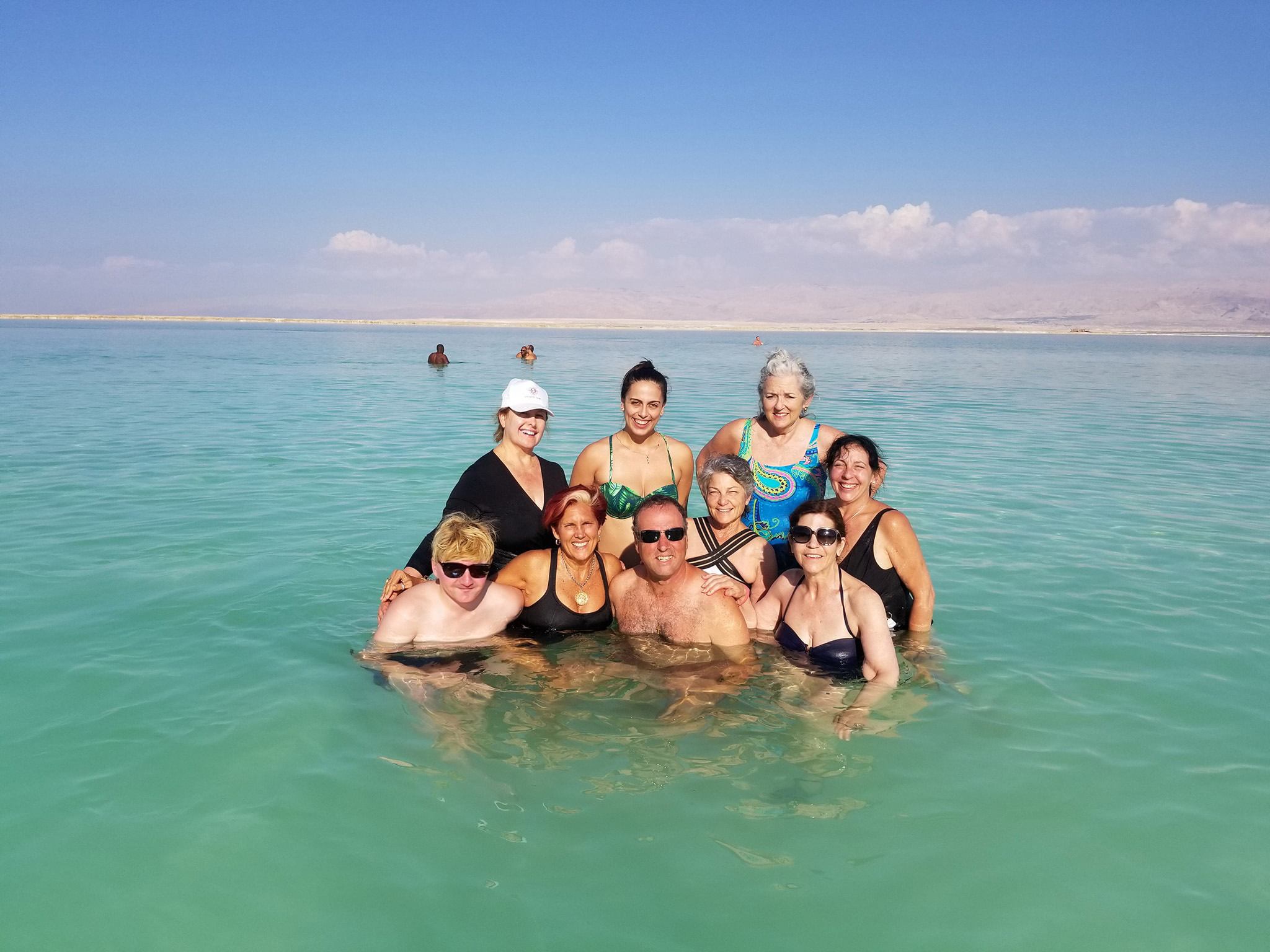
Visiting the Dead Sea is a unique and remarkable experience that attracts travelers from around the world. Here are several compelling reasons why you should consider visiting the Dead Sea:
- Natural Wonder: The Dead Sea is a natural wonder renowned for its extreme salinity, making it one of the saltiest bodies of water on Earth. Its high salt and mineral content, along with its position as the lowest point on Earth’s surface, make it a fascinating geological phenomenon.
- Healing Properties: The minerals found in Dead Sea water and mud are believed to have therapeutic properties. People visit the Dead Sea to benefit from its natural healing potential, particularly for skin conditions like psoriasis and eczema, as well as for conditions like arthritis.
- Floating Experience: Due to its high salt concentration, you can effortlessly float on the surface of the Dead Sea. This unique and buoyant experience is a highlight for many visitors.
- Mud Baths: The Dead Sea mud is rich in minerals and is known for its exfoliating and cleansing properties. Many visitors indulge in mud baths to rejuvenate their skin and enjoy the spa-like experience.
- Stunning Scenery: The surrounding landscape of the Dead Sea is breathtaking. The sea is bordered by rugged mountains and desert terrain, providing opportunities for stunning photographs and outdoor adventures.
- Historical and Cultural Significance: The region around the Dead Sea has a rich history, including biblical references to cities like Sodom and Gomorrah. You can explore historical and cultural sites such as Masada, an ancient fortress, and Qumran, where the Dead Sea Scrolls were discovered.
- Relaxation: The Dead Sea region offers a tranquil environment ideal for relaxation and rejuvenation. Many resorts and spa facilities provide a serene atmosphere for spa treatments and leisure.
- Adventure Activities: Beyond relaxation, the Dead Sea area offers opportunities for adventure. You can hike in the nearby Ein Gedi Nature Reserve, go off-roading in the desert, or take a dip in freshwater springs in the area.
- Unique Photo Opportunities: The unusual and stunning landscapes of the Dead Sea make it a fantastic destination for photographers. The contrast between the salt-encrusted shoreline and the deep blue sea creates visually striking scenes.
- Cultural Exchange: The Dead Sea region is a meeting point for people from various backgrounds and cultures. It provides an opportunity to interact with locals and fellow travelers, fostering cultural exchange and understanding.
While the Dead Sea offers many attractions and unique experiences, it’s essential to be mindful of the extreme salinity of the water, which can be harsh on the skin and eyes. Visitors should take precautions, such as avoiding getting the water in their eyes, and should rinse off thoroughly after bathing in the sea. Additionally, consult with a healthcare professional before using Dead Sea mud or water for therapeutic purposes, especially if you have underlying health conditions.
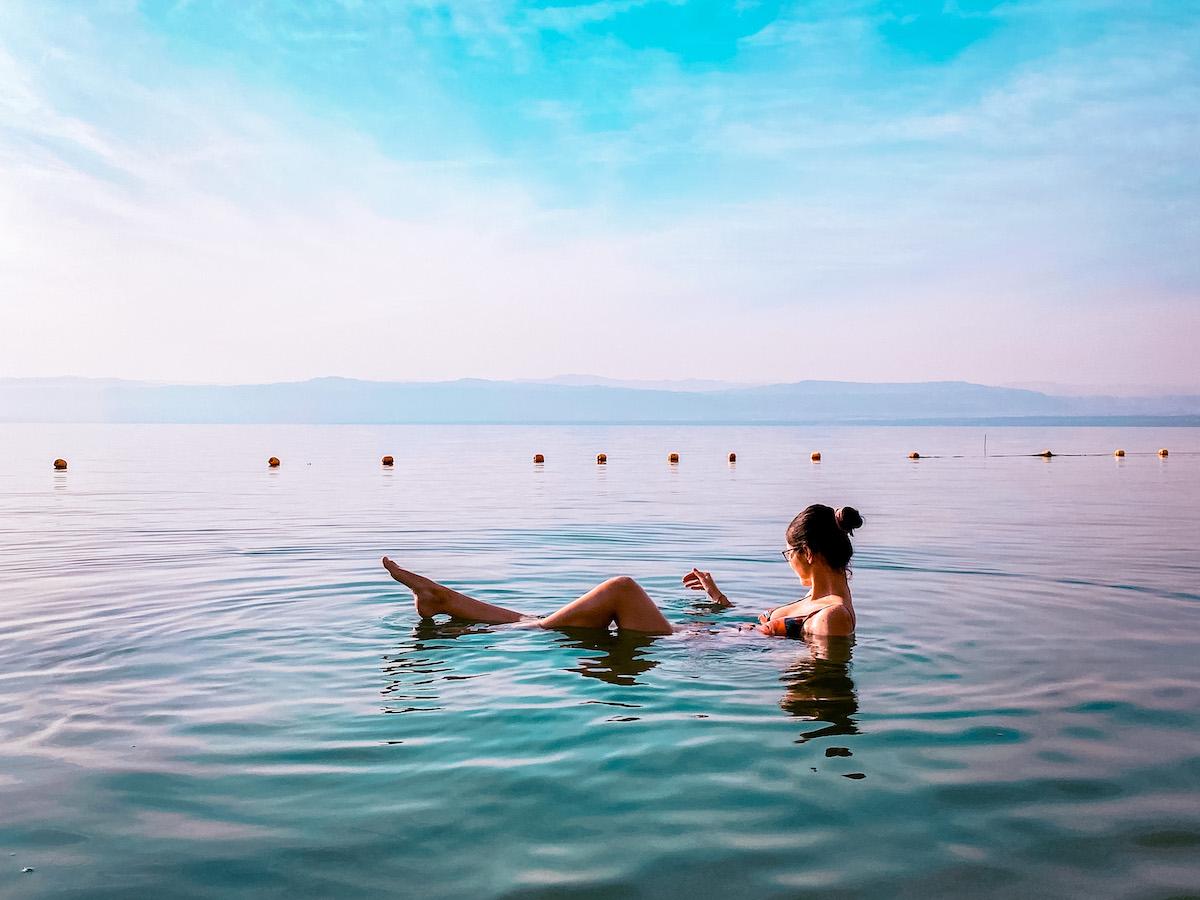

Dead Sea water is renowned for its potential skin benefits due to its unique mineral composition and therapeutic properties. Here are some of the skin benefits associated with Dead Sea water:
- Hydration: Dead Sea water contains a high concentration of minerals, including magnesium, calcium, and potassium, which can help to improve skin hydration. These minerals can enhance the skin’s ability to retain moisture, resulting in a more supple and hydrated complexion.
- Exfoliation: The salt content in Dead Sea water can act as a natural exfoliant, helping to remove dead skin cells and promote smoother, brighter skin. Regular use can lead to a more even skin tone and a reduction in the appearance of rough or flaky skin.
- Psoriasis and Eczema Relief: Many individuals with skin conditions like psoriasis and eczema find relief from soaking in or applying products containing Dead Sea water. The minerals and salts in the water can help soothe irritated skin, reduce redness, and alleviate itching.
- Acne Treatment: Dead Sea water’s anti-inflammatory properties may help calm acne-prone skin. The minerals in the water can also assist in cleansing and unclogging pores, potentially reducing the frequency and severity of breakouts.
- Anti-Aging Benefits: Some proponents of Dead Sea water suggest that its high mineral content can help improve skin’s elasticity and reduce the appearance of fine lines and wrinkles. The minerals may promote collagen production and skin renewal.
- Skin Conditions: Dead Sea water has been used for centuries to alleviate various skin conditions, including dermatitis, psoriasis, and acne. It is often included in skincare products like cleansers, masks, and creams.
- Stress Reduction: Bathing in Dead Sea water can have a calming effect on the body and mind, reducing stress levels. Lower stress levels can contribute to healthier skin by preventing or reducing stress-related skin issues.
- Blood Circulation: The minerals in Dead Sea water may stimulate blood circulation, leading to improved oxygen and nutrient delivery to skin cells. This can result in healthier-looking skin.
It’s important to note that while many people find Dead Sea water beneficial for their skin, individual responses may vary. Before using Dead Sea water products or attempting treatments, especially if you have sensitive or problem-prone skin, it’s advisable to consult with a dermatologist or healthcare professional to determine the best approach for your specific skin concerns. Additionally, always follow product instructions and patch test new products to avoid any adverse reactions.
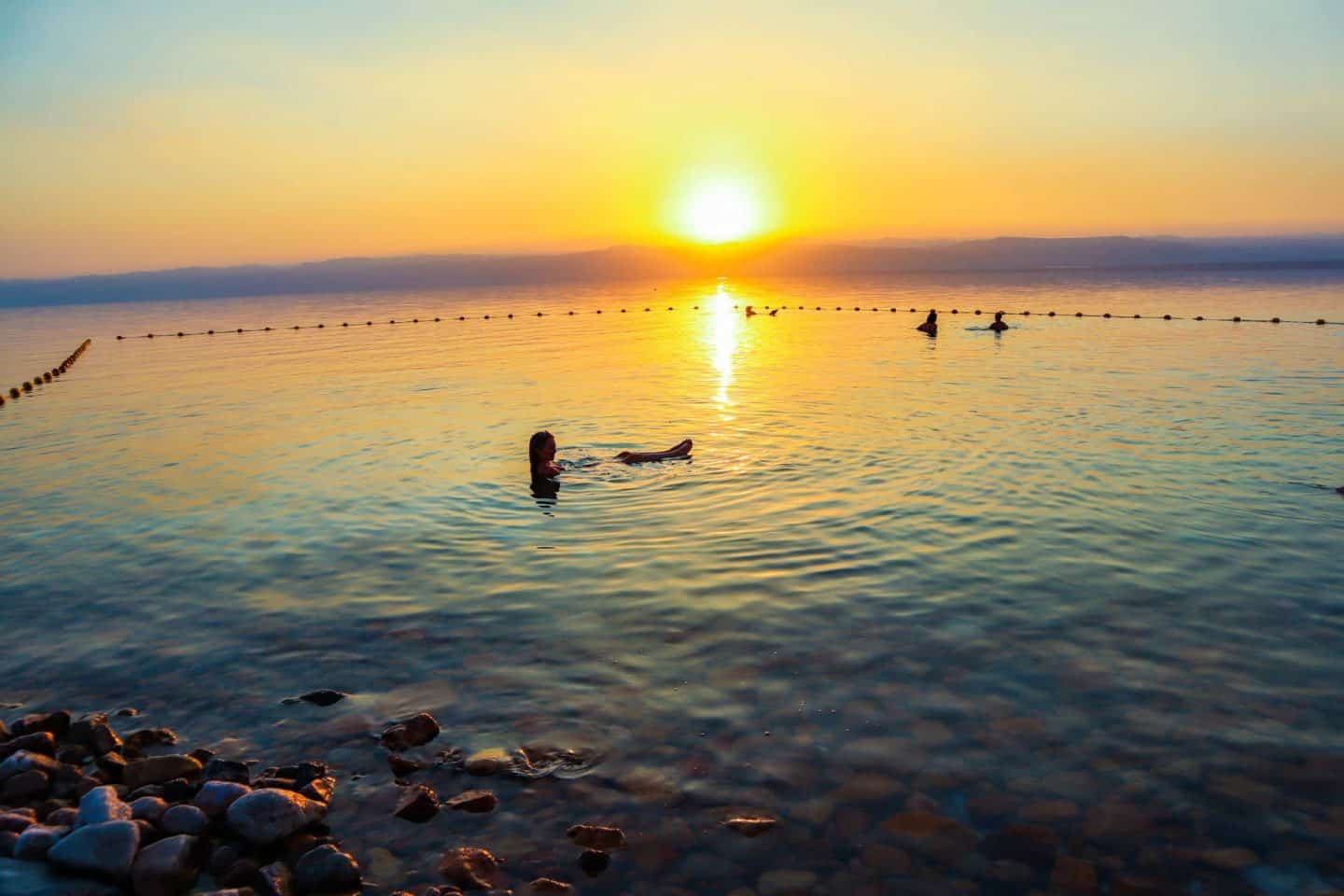
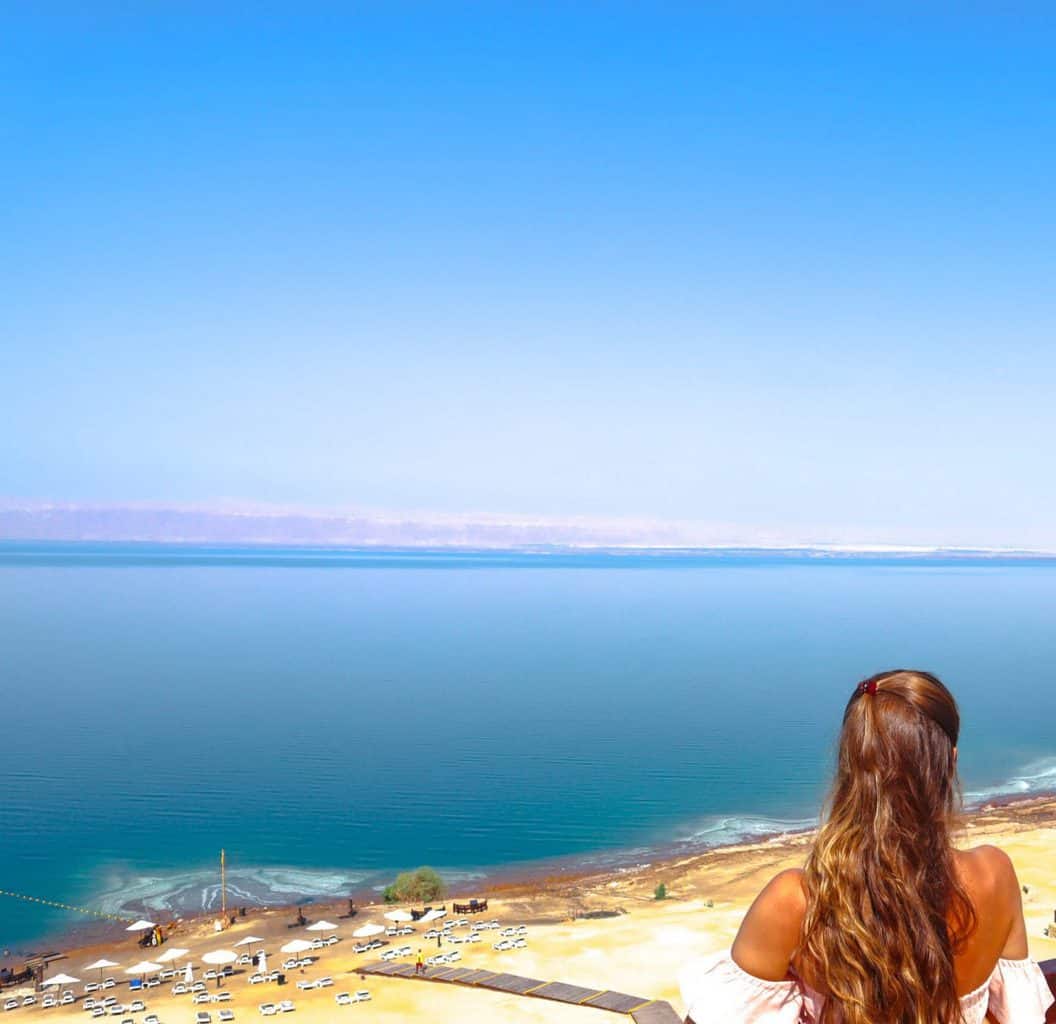
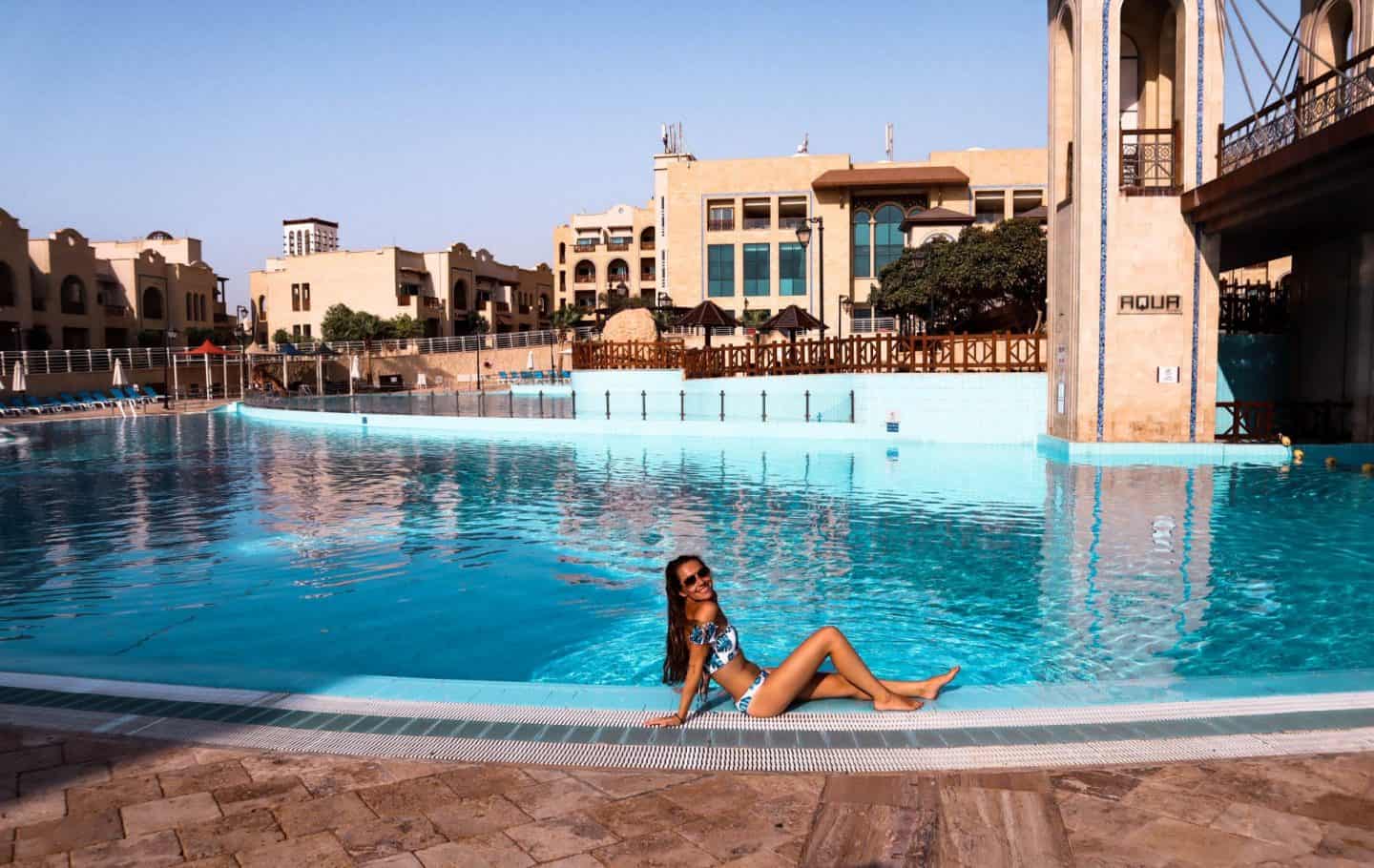
The Dead Sea is a unique natural wonder located between Jordan and Israel. It’s famous for its extremely high salt content, which allows swimmers to effortlessly float on its surface. Beyond floating, there are several activities and attractions to enjoy in the Dead Sea area:
- Float in the Dead Sea: The high salinity of the Dead Sea makes it impossible for swimmers to sink. Floating on the sea’s surface is a surreal and relaxing experience. Be sure to bring a book or a magazine to read while you float.
- Mud Bath: The mud from the Dead Sea is rich in minerals and is believed to have therapeutic properties. Many visitors cover themselves in the mineral-rich mud, let it dry, and then rinse off in the sea.
- Visit a Spa: The Dead Sea region is home to several world-class spas and wellness centers. You can indulge in spa treatments, such as massages and mud wraps, for a truly rejuvenating experience.
- Explore the Dead Sea Panorama Complex: This visitor center provides stunning panoramic views of the Dead Sea and its surrounding landscapes. It’s an excellent place to learn more about the geological and ecological significance of the area.
- Hike in the Ein Gedi Nature Reserve: Located near the Dead Sea, the Ein Gedi Nature Reserve offers hiking trails with beautiful desert landscapes, waterfalls, and opportunities to spot wildlife.
- Masada: Visit the ancient fortress of Masada, which sits atop a plateau overlooking the Dead Sea. It’s a UNESCO World Heritage Site and offers historical significance and fantastic views.
- Ein Bokek Beach: This is one of the most popular public beaches along the Dead Sea, equipped with showers, restrooms, and facilities for visitors. It’s a great place to relax and enjoy the unique experience of floating.
- Visit Qumran: Explore the archaeological site of Qumran, where the Dead Sea Scrolls were discovered. Learn about the history of this important religious find.
- Sunset Views: The Dead Sea area is known for its spectacular sunsets. Find a comfortable spot on the shore or at your hotel to watch the sun dip below the horizon.
- Bird Watching: The Dead Sea area is a stopover point for migratory birds, making it a prime location for birdwatching. Bring your binoculars and look out for various bird species.
- Salt Sculptures: Some areas along the Dead Sea feature unique salt formations and sculptures created by the crystallization of the sea’s salt. These formations make for interesting photo opportunities.
- Spa Treatments: Many resorts in the Dead Sea area offer luxurious spa treatments and therapies utilizing the therapeutic properties of Dead Sea minerals and mud.
- Stargazing: The low light pollution in the area makes it an excellent location for stargazing. On clear nights, you can see a breathtaking display of stars and constellations.
Remember to stay hydrated when visiting the Dead Sea, as the climate can be quite dry and hot. Also, avoid getting the saltwater in your eyes, nose, or mouth, as it can be extremely uncomfortable. Enjoy the otherworldly experience of the Dead Sea and the surrounding attractions in this unique natural wonder.
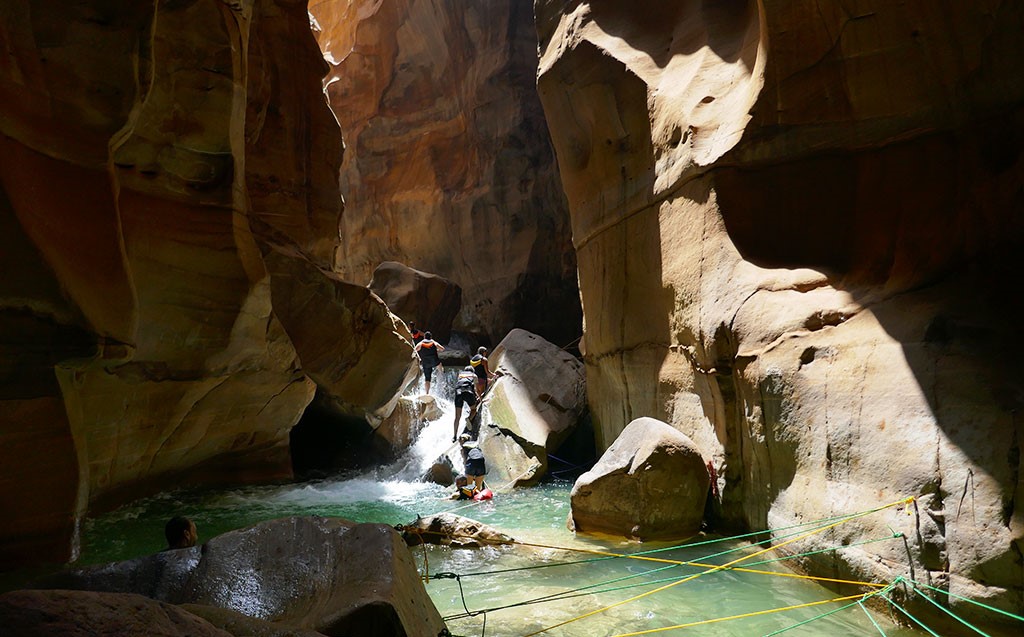
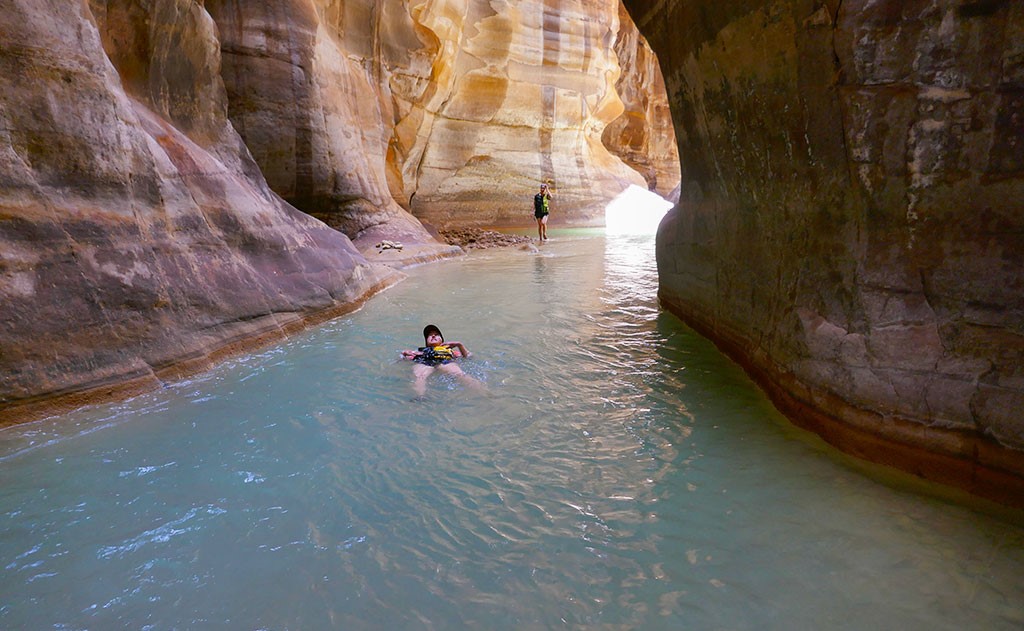
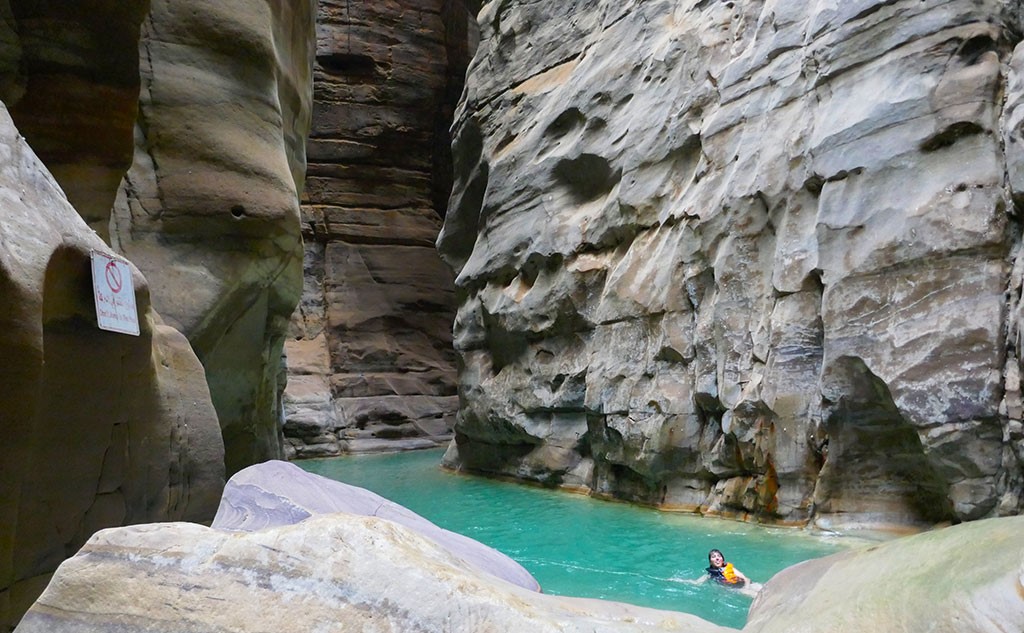
Wadi Mujib, also known as Wadi Al-Mujib or the Mujib Nature Reserve, is a spectacular natural area in Jordan that offers a range of outdoor activities and stunning landscapes. Here are some things to do in Wadi Mujib:
- Hiking the Siq Trail: The Siq Trail is the most popular hiking trail in Wadi Mujib. It takes you through a narrow gorge with steep cliffs and flowing water. Expect to get wet, as you may need to wade through waist-deep water at times. The trail ends at a waterfall, making for a refreshing swim.
- Canyoning and Adventure Trails: Wadi Mujib offers various adventure trails for canyoning and exploration. These include technical routes with ropes and rappelling, suitable for experienced adventurers.
- Bird Watching: The Mujib Nature Reserve is home to a diverse range of bird species. Birdwatchers can enjoy spotting various birds, including eagles, vultures, and waterfowl.
- Photography: The dramatic landscapes of Wadi Mujib, with its canyons, waterfalls, and unique rock formations, make it a photographer’s paradise. Capture the natural beauty of the reserve.
- Swimming: The cool, flowing water of the Siq Trail and the pools along the way are perfect for swimming, especially during the hot summer months. Be sure to check the water conditions before swimming.
- Picnicking: There are designated picnic areas within the reserve where you can enjoy a meal surrounded by nature. Remember to pack out all your trash to help preserve the environment.
- Guided Tours: Consider joining a guided tour of Wadi Mujib, especially if you’re not familiar with the area. Guides can provide valuable insights into the local flora, fauna, and geology.
- Nature Exploration: Take some time to explore the diverse ecosystems of Wadi Mujib, including its unique plants and animals. The reserve is home to various species adapted to the harsh desert environment.
- Visiting the Visitor Center: Before heading out into the reserve, stop by the Mujib Nature Reserve Visitor Center to gather information, get permits, and learn more about the area’s natural and cultural significance.
- Sunset Views: The rugged terrain and unique geological features of Wadi Mujib make it a captivating place to watch the sunset. Find a suitable viewpoint and enjoy the changing colors of the landscape.
- Waterfall Rappelling: If you have experience in rappelling, inquire about waterfall rappelling opportunities in the area. Descending down waterfalls can be an exhilarating adventure.
- Environmental Education: The Mujib Nature Reserve plays an essential role in conservation efforts in Jordan. Take the opportunity to learn about the reserve’s conservation initiatives and how you can contribute to preserving the environment.
When visiting Wadi Mujib, it’s crucial to check the weather and water conditions, especially if you plan to hike the Siq Trail. It’s advisable to wear appropriate clothing, sturdy shoes, and carry essential supplies such as water, sunscreen, and snacks. Respect the rules and regulations of the reserve to help protect its fragile ecosystem.

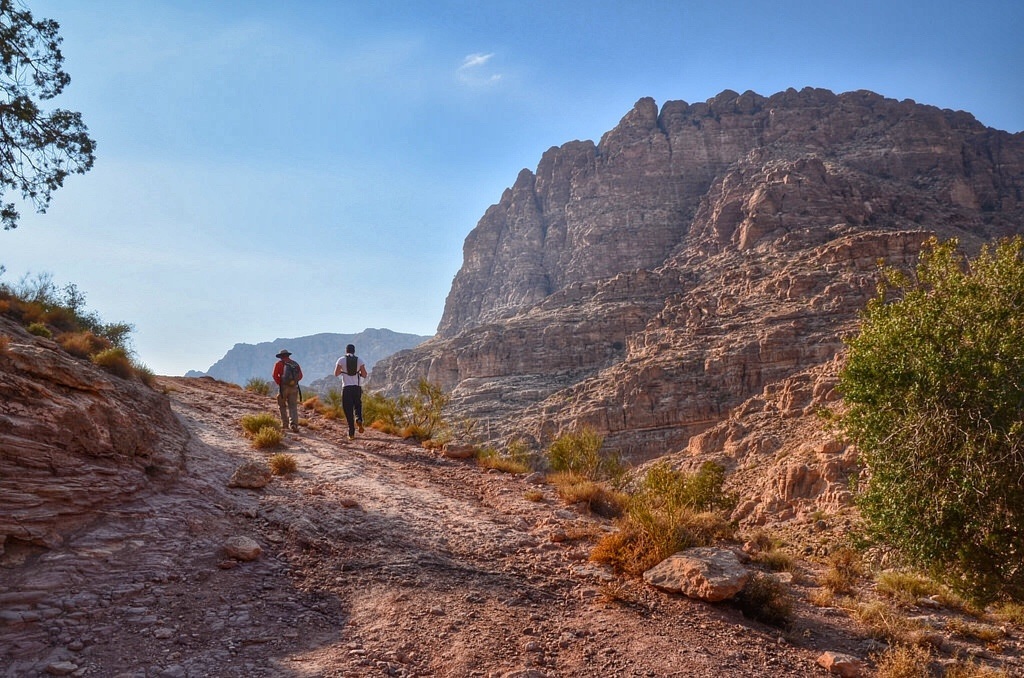
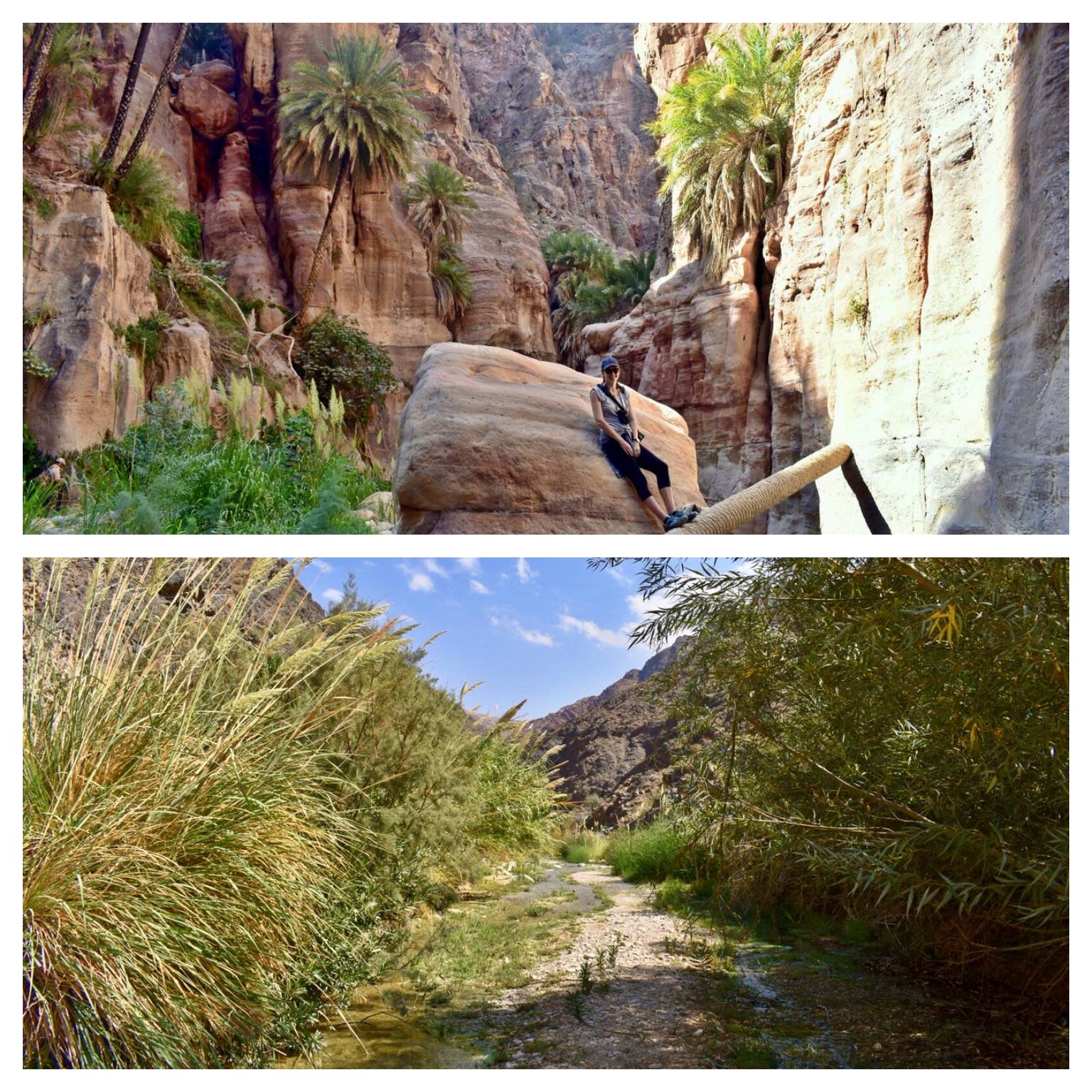
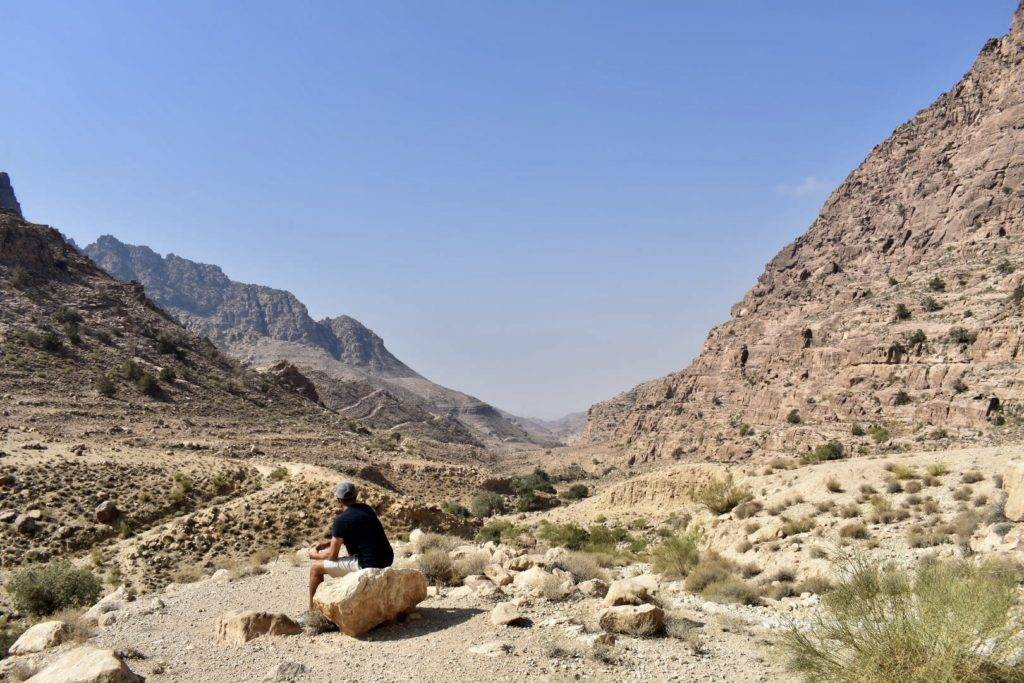
Dana Biosphere Reserve is a remarkable natural and cultural conservation area located in Jordan. It offers visitors a wide range of outdoor activities and opportunities to explore the unique desert landscape. Here are some things to do in Dana Natural Reserve:
- Hiking: Dana is renowned for its extensive network of hiking trails, each offering a unique perspective on the reserve’s diverse landscapes. Some popular trails include the Dana to Feynan Trail, the Dana Valley Trail, and the Wadi Ghuweir Trail. Make sure to check with the reserve for trail conditions and permits.
- Bird Watching: Dana is a birdwatcher’s paradise, with over 200 species of birds, including eagles, vultures, and various migratory birds. Bring your binoculars and a field guide to spot and identify these avian residents.
- Stargazing: Due to its remote location and minimal light pollution, Dana is an excellent place for stargazing. On clear nights, you can witness a stunning display of stars and constellations.
- Cultural Tours: Explore the local culture and history of the Dana region by taking part in guided tours of nearby villages. Learn about traditional Bedouin lifestyles and crafts, and interact with the local communities.
- Visit Dana Village: Dana Village is a charming, centuries-old village situated on the edge of the reserve. It offers a glimpse into traditional Jordanian rural life. Visit the local handicrafts shop, meet the friendly villagers, and enjoy local cuisine.
- Photography: Dana Biosphere Reserve provides countless opportunities for photographers, with its dramatic landscapes, rock formations, and stunning vistas. Capture the essence of this unique desert ecosystem.
- Biking: Some of the trails in Dana are suitable for mountain biking. Rent a bike and explore the reserve on two wheels for a different perspective.
- Wadi Dana Visit: Take a hike or drive to Wadi Dana, a scenic valley within the reserve. The valley is characterized by its steep cliffs and beautiful natural scenery.
- Botanical Exploration: Dana is home to a wide variety of plant species adapted to the arid desert environment. Learn about the unique flora and fauna of the reserve.
- Dana Guesthouse Stay: Spend a night at one of the eco-friendly Dana Guesthouses within the reserve. These accommodations offer an authentic and sustainable experience in the heart of nature.
- Nature Conservation Activities: If you’re interested in conservation, inquire about volunteering opportunities or educational programs related to preserving the fragile ecosystems of the reserve.
- Rafting and Canyoning: Depending on the season, you may be able to enjoy activities like rafting or canyoning in the reserve’s waterways. Check with local tour operators for availability.
- Visit Shobak Castle: While not within the reserve itself, Shobak Castle is a historical site located nearby. It’s a Crusader-era castle with a rich history worth exploring.
Remember to check with the Dana Biosphere Reserve Visitor Center for information on trail conditions, permits, and guided tours. Additionally, respect the environment and local communities by following responsible and sustainable tourism practices.
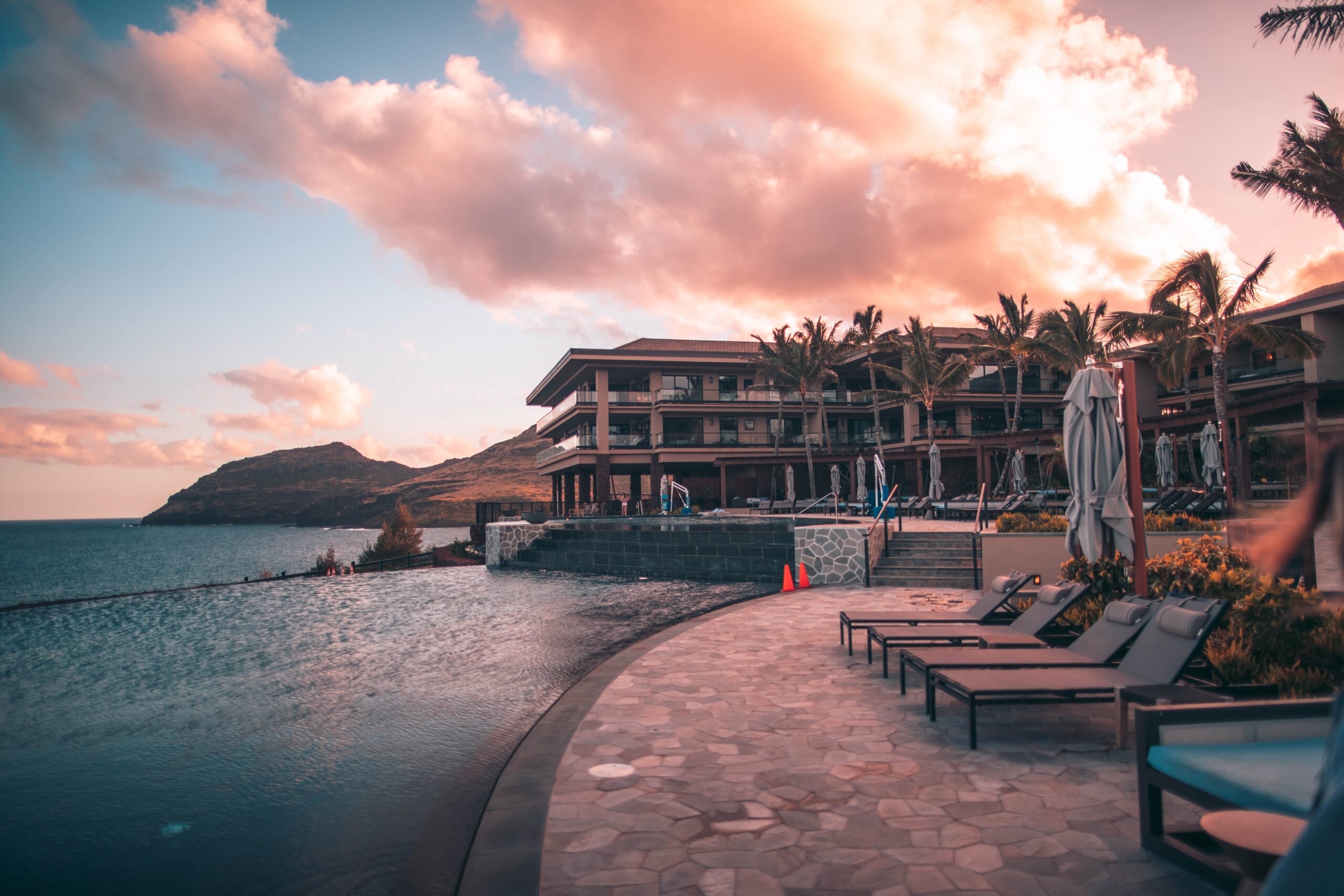
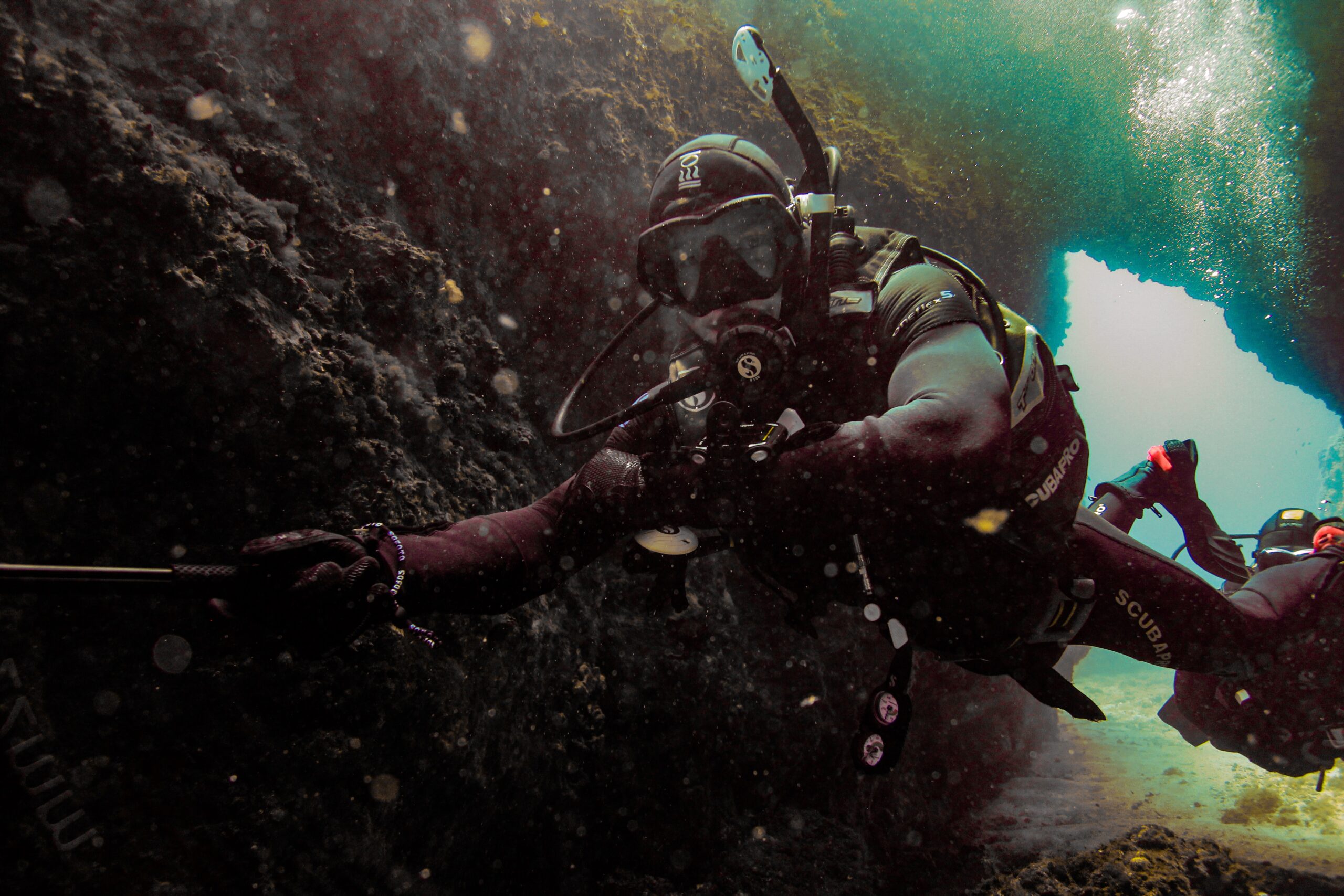
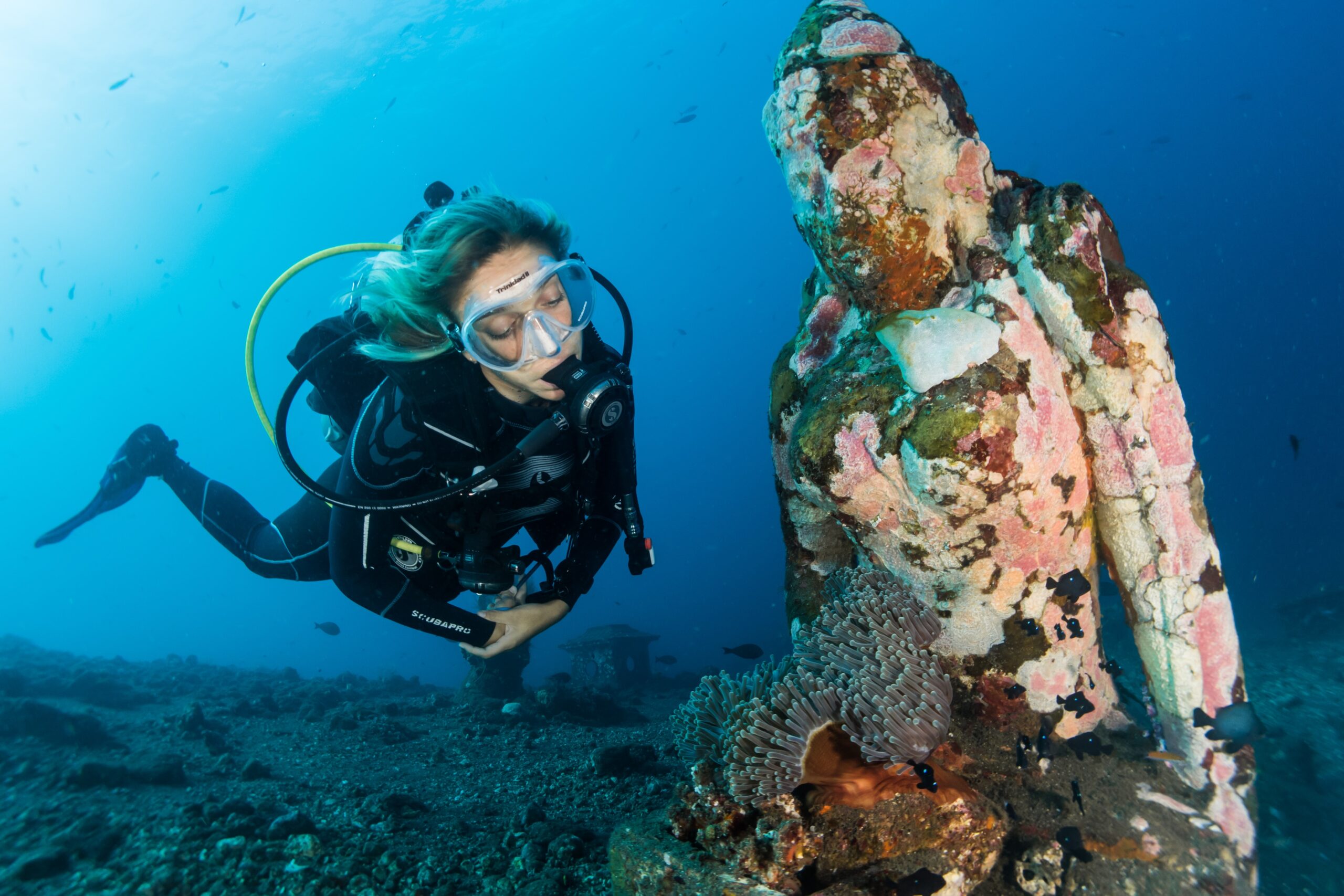









Diving equipment is essential for underwater activities, and it ensures your safety and comfort while exploring the underwater world. Here are some of the primary pieces of diving equipment you’ll need:
- Mask: A diving mask provides a clear view underwater and helps you equalize pressure in your ears. Ensure it fits snugly and doesn’t leak.
- Snorkel: A snorkel allows you to breathe while your face is submerged, conserving air in your tank when you’re at the surface.
- Fins: Diving fins come in various styles and sizes. They help you move efficiently through the water, conserve energy, and control your direction.
- Wetsuit or Drysuit: Depending on the water temperature, you’ll need either a wetsuit (thinner and made of neoprene) or a drysuit (thicker and sealed to keep water out) to maintain body temperature.
- Buoyancy Control Device (BCD): A BCD allows you to control your buoyancy underwater. It has an inflator hose to add or release air and often includes integrated weight pockets.
- Regulator: The regulator is a critical piece of equipment that delivers air from your tank to your mouth. It includes a first stage (attaches to the tank), a second stage (mouthpiece), and hoses.
- Tank: A diving tank holds compressed air or a breathing mixture. Common tank sizes are 80 or 100 cubic feet. Tanks come in various materials, with aluminum and steel being the most common.
- Weight System: To help you descend and maintain buoyancy, you’ll need a weight system. This can include weight belts, integrated weights in your BCD, or weight pouches.
- Dive Computer: A dive computer provides crucial information such as depth, dive time, and decompression limits. It helps you plan and monitor your dives safely.
- Dive Knife or Cutting Tool: A dive knife is a safety tool that can be used for cutting fishing lines, ropes, or other entanglements underwater.
- Dive Light: If you plan to dive in low-light conditions or explore caves and crevices, a dive light is essential to see clearly.
- Compass: A compass can help you navigate underwater, ensuring you don’t get lost during your dive.
- Gloves and Booties: These provide protection for your hands and feet and help keep you warm, especially in colder water.
- Surface Marker Buoy (SMB): An SMB is a bright, inflatable buoy used to signal your location to boats or other divers at the surface.
- Dive Bag: A sturdy dive bag is essential for transporting and storing your equipment.
- Dive Watch or Timing Device: Some divers prefer to have a separate timing device or dive watch for tracking their dive time.
- Safety Equipment: Depending on your diving location and conditions, additional safety equipment like a whistle, signaling mirror, or underwater signaling device may be necessary.
It’s essential to receive proper training and certification from a recognized diving agency before using diving equipment. Diving is a potentially hazardous activity, and proper knowledge and skills are crucial for your safety underwater. Additionally, regularly maintain and service your equipment to ensure it functions correctly.
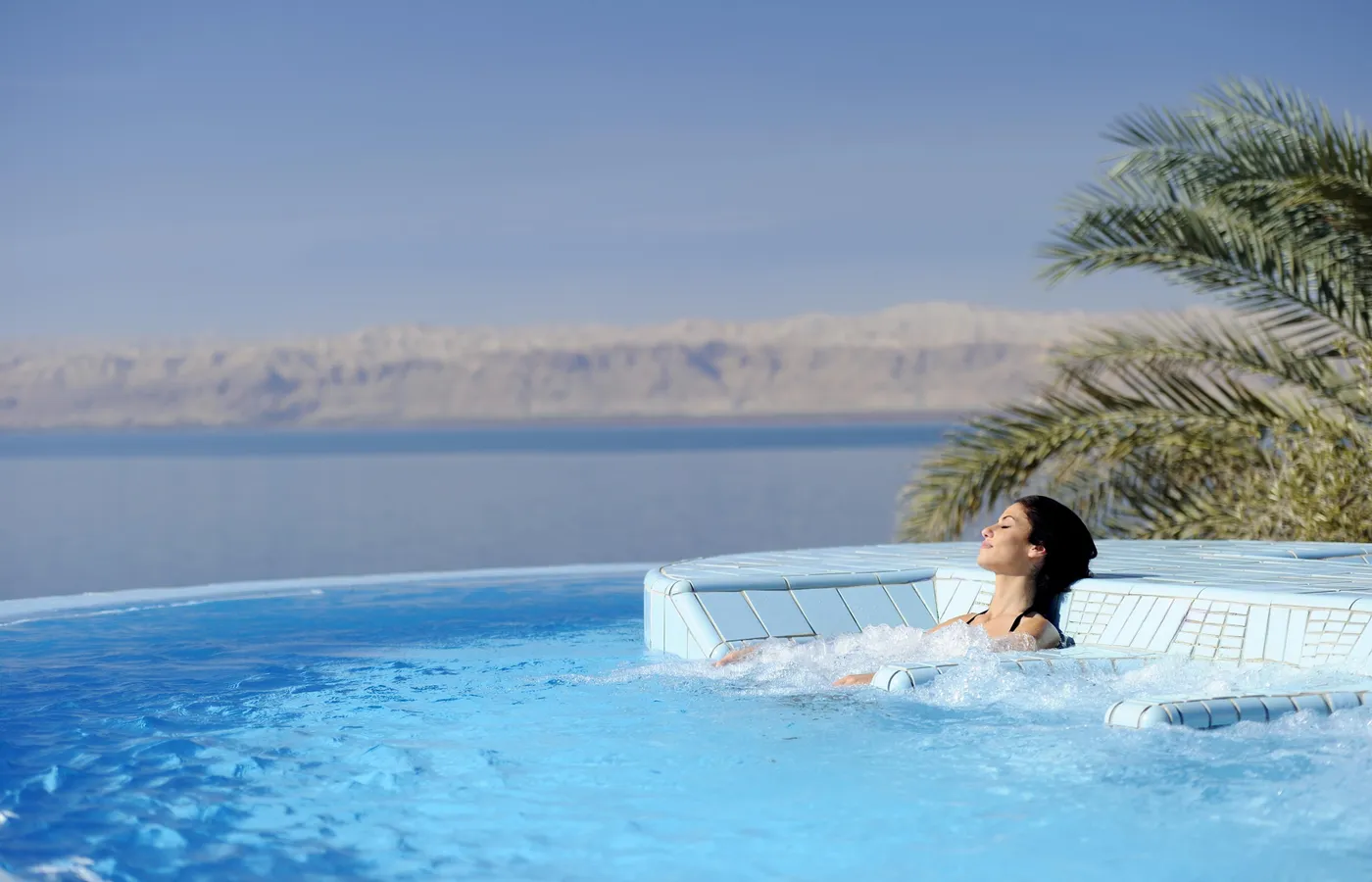
Touring the Dead Sea and Aqaba in Jordan provides an opportunity to experience the country’s stunning natural landscapes, unique attractions, and vibrant culture. Here’s a suggested itinerary for a trip to these two destinations:
Day 1: Arrival in Amman
- Arrive at Queen Alia International Airport in Amman.
- Transfer to your hotel in Amman and check-in.
- Spend the evening exploring the capital city or enjoying a traditional Jordanian dinner.
Day 2: Amman to the Dead Sea
- After breakfast, depart for the Dead Sea, which is about a 1-2 hour drive from Amman.
- Check-in to your chosen hotel or resort on the Dead Sea shore.
- Spend the day floating in the incredibly buoyant waters of the Dead Sea, known for its therapeutic qualities.
- Relax at the hotel’s spa or take a mud bath for a rejuvenating experience.
- Enjoy dinner at your hotel and take in the stunning sunset views over the Dead Sea.
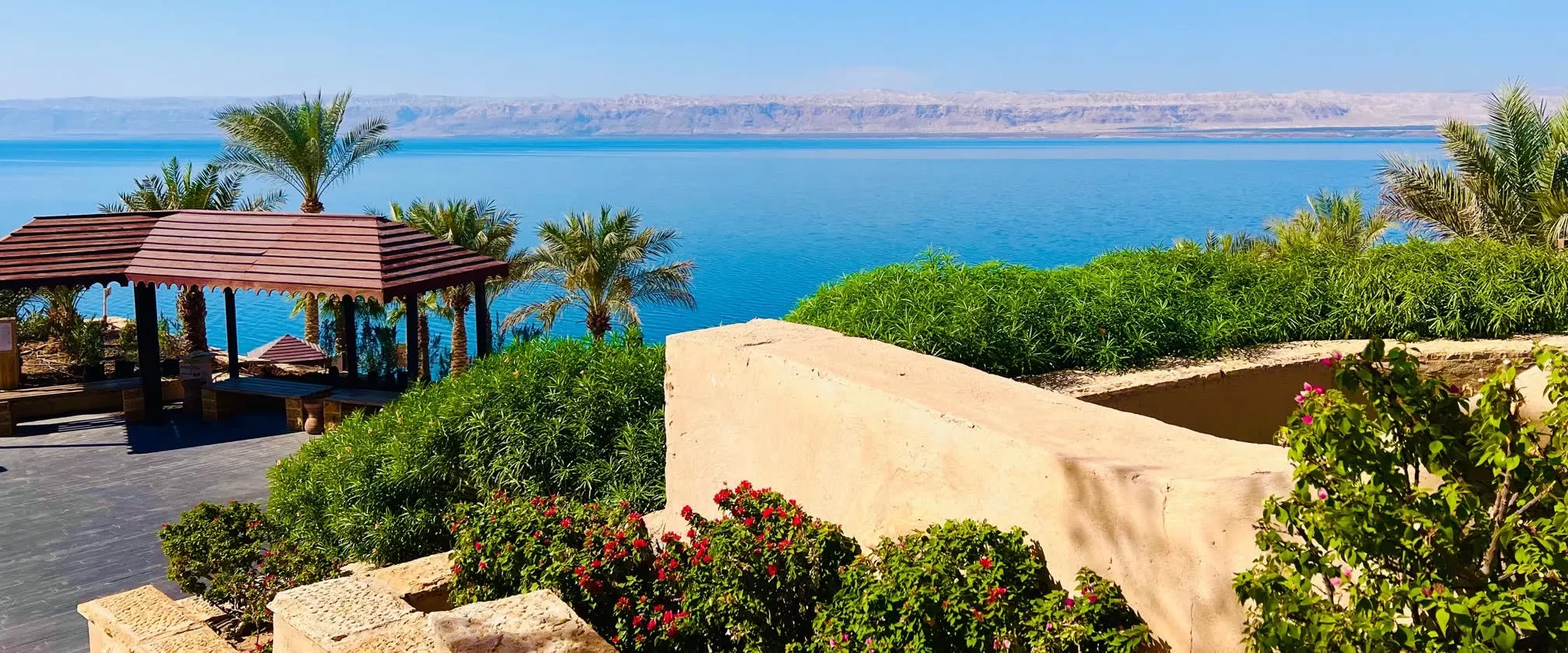
Day 3: Dead Sea
- Spend the day at leisure, taking full advantage of the Dead Sea’s unique properties. Float, relax, and enjoy the tranquil atmosphere.
- Visit nearby attractions like the Baptism Site (Bethany Beyond the Jordan) or the archaeological site of Qumran, where the Dead Sea Scrolls were discovered.
- Return to your hotel for another night at the Dead Sea.
Day 4: Dead Sea to Aqaba
- Check out from your Dead Sea hotel after breakfast.
- Drive to Aqaba, which is approximately a 4-5 hour drive from the Dead Sea.
- Check-in to your hotel in Aqaba and unwind.
- Explore the city in the evening and enjoy dinner at a local restaurant, tasting fresh seafood and Jordanian cuisine.
Day 5: Aqaba – Relaxation and Water Activities
- Spend the day relaxing on Aqaba’s beautiful beaches, soaking up the sun, and swimming in the Red Sea.
- If you’re interested in water activities, you can go snorkeling or scuba diving to explore the vibrant underwater world of the Red Sea.
- Explore the Aqaba Marine Park or take a glass-bottom boat tour to see the colorful marine life.
- In the evening, enjoy a seafood dinner by the sea.
Day 6: Aqaba – Petra Excursion
- Take a day trip to Petra, one of the New Seven Wonders of the World, which is about a 2.5-hour drive from Aqaba.
- Explore the ancient city of Petra with its iconic Treasury, the Monastery, and other archaeological wonders.
- Return to Aqaba in the evening and relax at your hotel.
Day 7: Departure
- Depending on your flight schedule, you may have some free time for last-minute shopping or sightseeing in Aqaba.
- Check out of your hotel and transfer to King Hussein International Airport in Aqaba for your departure.
This itinerary offers a balance of relaxation, cultural exploration, and outdoor activities in two of Jordan’s most unique destinations. Be sure to check for any specific entry requirements, such as visas, and book accommodations and tours in advance to ensure a smooth trip.

Jordan is a country rich in history, culture, and natural beauty, and it offers a wide range of tourist attractions to explore. Here are some of the most popular tourist attractions in Jordan:
- Petra: Petra is Jordan’s most famous and iconic archaeological site. Known as the “Rose City” due to the color of its stone, it features stunning rock-cut architecture, including the famous Treasury and Monastery. Petra is a UNESCO World Heritage Site and a must-visit destination.
- Wadi Rum: Also known as the Valley of the Moon, Wadi Rum is a desert wilderness famous for its dramatic sandstone mountains and unique landscapes. Visitors can take jeep tours, go hiking, stargaze, or experience Bedouin culture by staying in desert camps.
- Dead Sea: As mentioned earlier, the Dead Sea is a remarkable natural wonder. Besides floating in its salt-rich waters and enjoying mud baths, there are several resorts and spas along the Jordanian side of the Dead Sea that offer relaxation and wellness treatments.
- Amman: Jordan’s capital city, Amman, is a vibrant and modern city with a rich history. Key attractions include the Roman Theater, the Amman Citadel, and the bustling markets of downtown Amman.
- Jerash: Known as the “Pompeii of the East,” Jerash is one of the best-preserved Roman provincial cities in the world. Visitors can explore ancient temples, theaters, and colonnaded streets.
- Aqaba: Aqaba is Jordan’s only coastal city, located on the Red Sea. It’s a popular destination for snorkeling, diving, and water sports. The city also offers a relaxed atmosphere, with a variety of resorts and beachfront activities.
- Madaba: Known as the “City of Mosaics,” Madaba is famous for its Byzantine and Umayyad-era mosaic art. The Madaba Map, a 6th-century mosaic map of the Holy Land, is a highlight.
- Mount Nebo: According to tradition, Mount Nebo is where Moses saw the Promised Land before his death. It offers panoramic views of the Jordan Valley, the Dead Sea, and even Jerusalem on a clear day.
- Dana Biosphere Reserve: This vast nature reserve is home to diverse wildlife and offers excellent hiking opportunities. The Dana Village, a traditional stone village, is a cultural highlight.
- Kerak Castle: Also known as Al-Karak, this Crusader-era castle is an impressive fortress that offers insights into the history of the region. Visitors can explore its tunnels, ramparts, and historical displays.
- Qasr Amra: This desert castle is a UNESCO World Heritage Site and is famous for its well-preserved Umayyad frescoes depicting hunting scenes, bathers, and other subjects.
- Umm Qais: Located in the north of Jordan, Umm Qais features the ruins of the ancient Greco-Roman city of Gadara. It offers stunning views of the Sea of Galilee and the Golan Heights.
Jordan’s diverse attractions make it a fantastic destination for history enthusiasts, adventure seekers, nature lovers, and those looking to experience Middle Eastern culture and hospitality. Whether you’re exploring ancient ruins, enjoying the desert landscapes, or relaxing by the Dead Sea, Jordan has something to offer every traveler.

The Dana Biosphere Reserve in Jordan is a pristine and ecologically diverse area that offers a range of activities for nature enthusiasts and adventure seekers. Here are some of the top activities you can enjoy in the Dana Biosphere Reserve:
- Hiking: The reserve features an extensive network of hiking trails that cater to various skill levels. Some popular hikes include the Dana to Feynan Eco-lodge trek, the Wadi Dana Trail, and the Rummana Mountain Trail. These hikes offer breathtaking views of the reserve’s canyons, mountains, and desert landscapes.
- Bird Watching: Dana Biosphere Reserve is a haven for birdwatchers, with over 200 species of birds, including eagles, vultures, and migratory birds. The Dana Village area is a great spot for birdwatching, as well as the Dana Guesthouse’s garden.
- Photography: The diverse landscapes and dramatic scenery make Dana a paradise for photographers. Whether you’re capturing the sunrise over the mountains, the vibrant colors of the desert, or the wildlife, there are endless opportunities for stunning photos.
- Camping: Several camping sites within the reserve allow visitors to experience the beauty of the desert night sky. Camping under the stars is a unique and unforgettable experience in Dana.
- Visit Dana Village: Explore the charming village of Dana, which has been inhabited for thousands of years. You can visit local craft shops, interact with the residents, and learn about their traditional way of life.
- Guided Tours: Consider hiring a local guide for your hikes or tours in Dana. They can provide valuable insights into the area’s ecology, history, and culture, enhancing your overall experience.
- Nature and Wildlife Observation: Dana is home to a variety of wildlife, including ibex, wolves, foxes, and various reptiles. Spend some time observing the flora and fauna in their natural habitats.
- Stargazing: Due to its remote location away from city lights, Dana offers exceptional opportunities for stargazing. The clear desert skies make it an ideal place to view constellations and celestial bodies.
- Visit Feynan Eco-lodge: Located within the reserve, Feynan Eco-lodge is a sustainable and eco-friendly accommodation option. Even if you’re not staying there, you can visit for a meal or a guided tour to learn about eco-tourism practices and enjoy the peaceful atmosphere.
- Educational Programs: The Dana Nature Reserve offers educational programs and workshops, including those focused on conservation, biodiversity, and cultural heritage. Participating in these programs can deepen your understanding of the reserve.
- Relaxation: Dana Biosphere Reserve provides a tranquil environment for relaxation and meditation. The serene desert landscapes and the sounds of nature create a peaceful atmosphere for unwinding.
Before visiting Dana Biosphere Reserve, it’s a good idea to check with the reserve’s visitor center for updated information on trail conditions, guided tours, and any necessary permits. Remember to respect the environment and local communities while exploring this beautiful natural area.


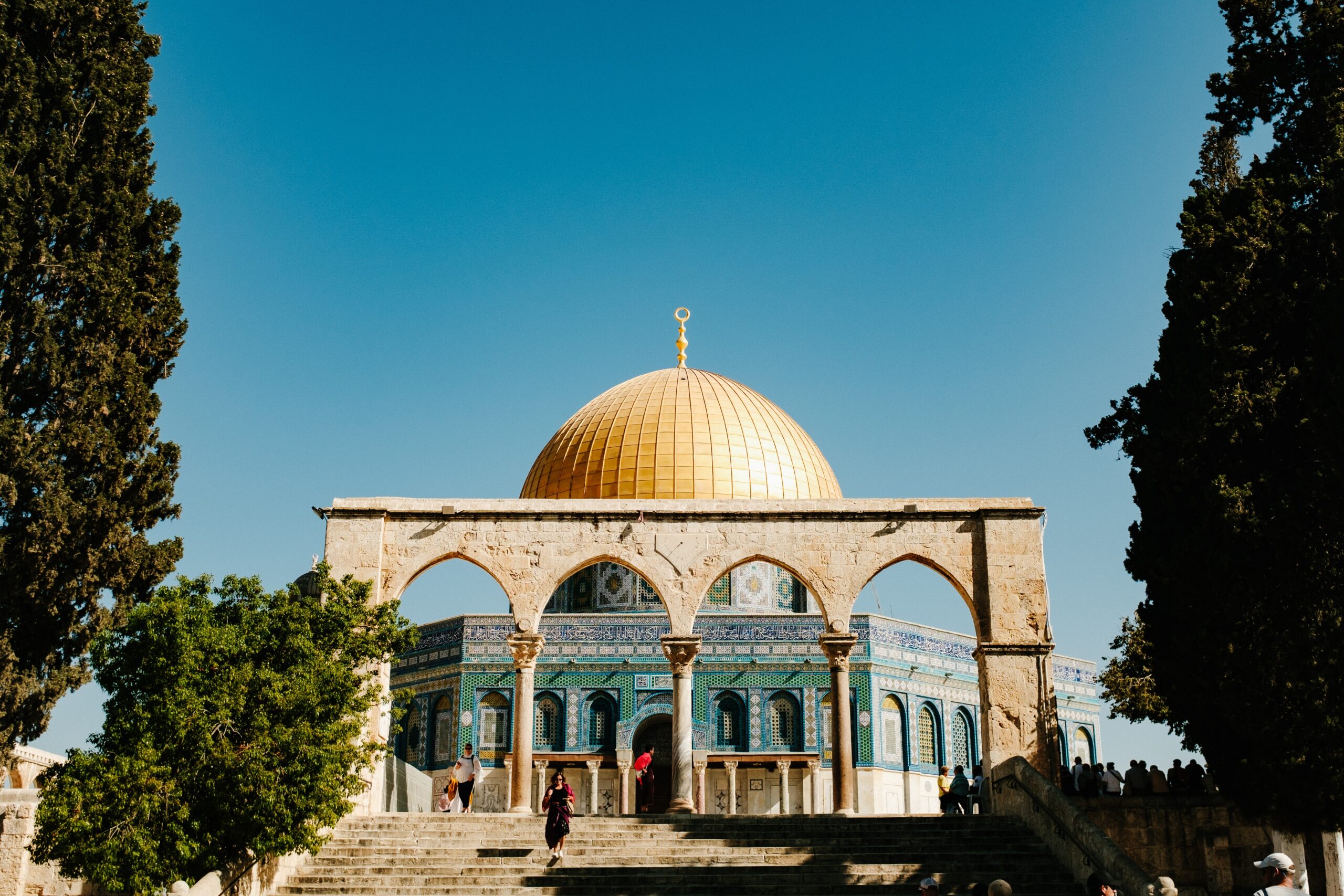

As one of Jordan’s most trusted tour operators, we strive to maintain a high level of service. Here at Jordan Tours, we are committed to providing the best possible service and experience to serve travelers from all over the world, across cultures and religions, including travelers with additional needs. Golden Gate Tours & Travel offers hotel reservations at the best guaranteed rates, private airport pickups and transfers throughout Jordan, meeting and assisting guests at all Jordan airports and crossings upon arrival and departure. Here at Jordan MW Tours we also provide medical and therapeutic tourism services.

The tour is a nice combination of Egypt and Jordan, with a week in each country and visits to the main attractions. AI wouldn’t recommend this tour to young people who want a Jordan-focused tour, a bit of Jordan because you’re already in the Middle East. Artificial intelligence like this tour allows you to spend a night in a Bedouin camp in Wadi Rum with plenty of time to see the highlights of Jordan.
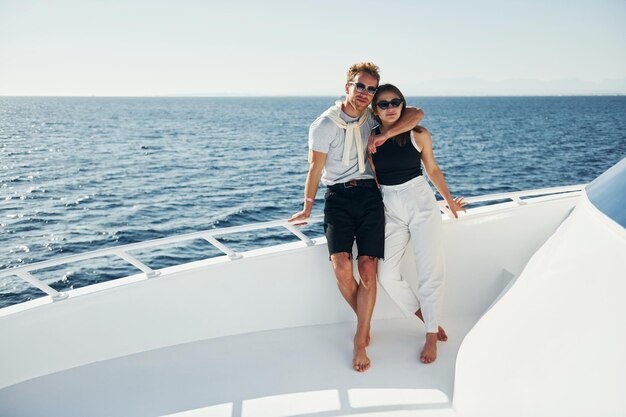
On this tour, you won’t see most of Jordan, but you will see the main sights of Petra, Wadi Rum, and the Dead Sea. With Amman’s cosmopolitan cafes, the tranquility of Dana Hill, and Madaba’s historic treasures, you may come to Jordan to see the ruins of Petra, but you’ll leave with so much more. Relax at the Café Amman Café, the perfect place to experience contemporary Jordan.

Our experts return time and time again to find the best ways to explore Jordan. Our travel packages have been carefully designed to showcase Jordan’s most incredible tourist attractions as well as its rich ancient history.
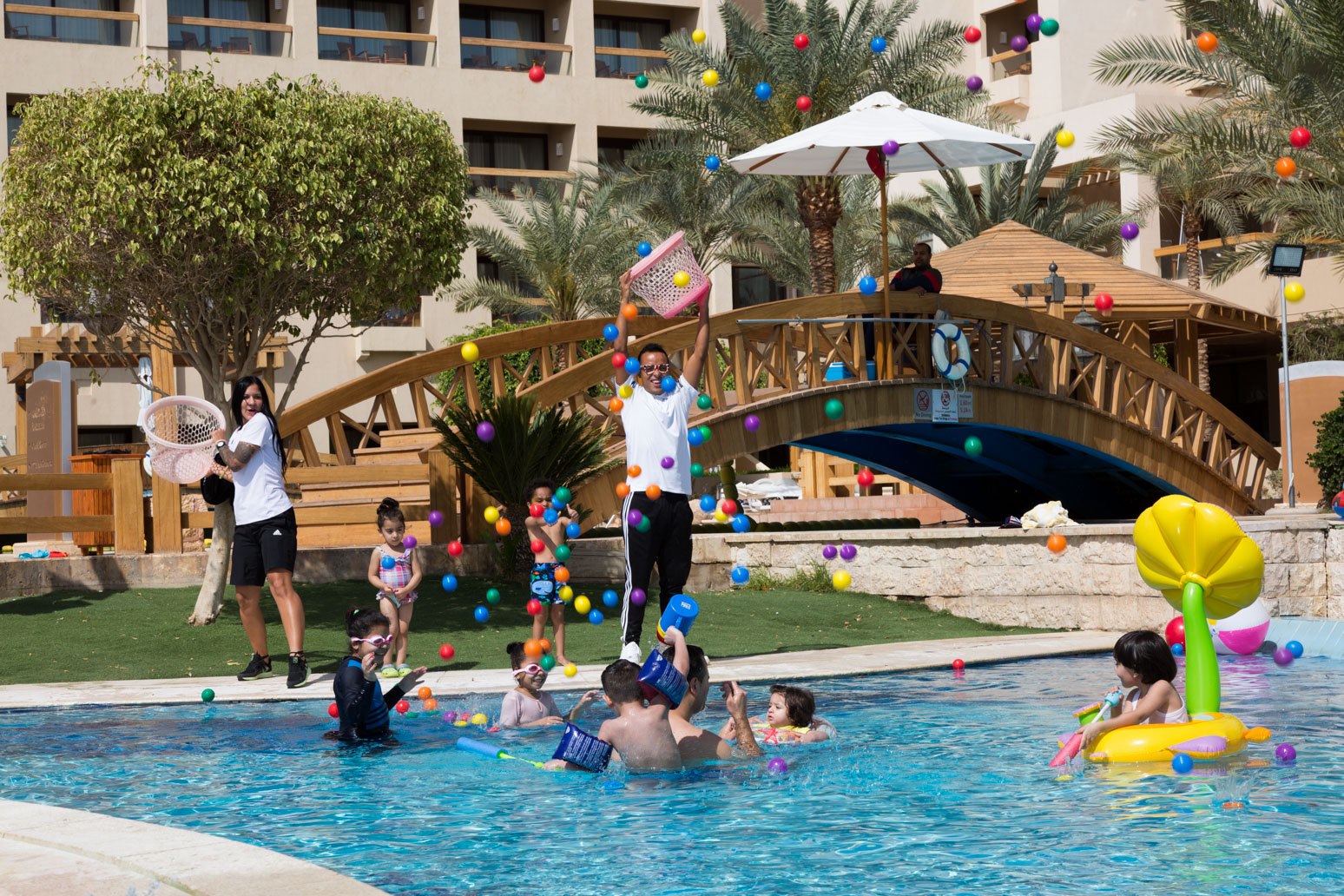
ENJOY JORDAN TOURS creates for you the best Jordan holiday packages, private tours and tailor made tours in Jordan, offering the best private tours in Jordan with extensive experience in creating Jordan desert tours and providing considerate personal service from arrival to departure, offering service from the airport to the airport, which includes a car and a driver / guide, a pre-designed tour plan, all accommodation, meals and, basically, the gift of local knowledge. Because booking a Jordan tour package is a unique experience when you visit Petra, Jerash, Amman, Madaba, Mount Nebo, Wadi Rum and the Dead Sea, I have compared some of the big names on the tour. industry as well as some local options and how to book the best private tours if you want to go that route.

Amman, the capital city of Jordan, offers a variety of activities for visitors during the summer months. While the summer season can be quite hot in Amman, there are still plenty of enjoyable things to do. Here are some activities to consider during your summer visit to Amman:
- Exploring Historical Sites: Amman is home to several historical sites and landmarks, such as the Roman Theater, the Amman Citadel, and the Umayyad Palace. These ancient ruins provide insights into the city’s rich history and offer shade and breezy spots for exploring.
- Shopping in the Souks: Visit the traditional markets and souks of Amman, such as the Al-Balad Souk or the Souk Jara. You can shop for local handicrafts, spices, clothing, and more while immersing yourself in the local culture.
- Cool Off in Swimming Pools: Many hotels in Amman have swimming pools, which can be a refreshing way to beat the summer heat. You can relax by the poolside, take a dip, and enjoy some leisure time.
- Indoor Attractions: Explore indoor attractions like the Jordan Museum, which showcases the country’s history and culture. The Royal Automobile Museum and the Children’s Museum Jordan are also great options for family outings.
- Dining Al Fresco: Enjoy the local cuisine at Amman’s numerous restaurants and cafes. Many establishments offer outdoor seating, allowing you to dine al fresco while enjoying pleasant evenings.
- Visit the Jordan Valley: Escape the city heat and head to the Jordan Valley, where you can visit the Dead Sea for a unique floating experience. You can also explore historical sites like Bethany Beyond the Jordan, where it is believed that Jesus was baptized.
- Outdoor Adventures: If you’re an outdoor enthusiast, you can go hiking or trekking in nearby natural areas like Wadi Mujib or the Ajloun Forest Reserve. These areas typically offer cooler temperatures due to their higher elevations.
- Attend Cultural Events: Check out cultural events and festivals that may be taking place during the summer season. Amman often hosts music concerts, art exhibitions, and film festivals.
- Try Water Activities: While it’s hot in the summer, you can still enjoy water activities. Some resorts offer water sports at the Dead Sea, such as kayaking or paddleboarding.
- Relax in Green Spaces: Amman has several parks and gardens, such as King Hussein Park and Al-Hussein Public Parks, where you can relax in the shade of trees and enjoy a picnic or a leisurely stroll.
- Explore Cafes and Rooftop Bars: Amman’s cafe culture is thriving, and you can spend hours sipping coffee or tea in the shade of a cafe. Rooftop bars are also popular in Amman, offering panoramic views of the city.
- Visit Local Markets: Explore local markets like the Friday Souk or Rainbow Street, where you can find unique items, antiques, and souvenirs while enjoying the bustling atmosphere.
Remember to stay hydrated and protect yourself from the sun’s strong rays during the summer months in Amman. Despite the heat, the city’s rich culture, history, and hospitality make it a worthwhile destination for summer travelers.

Trip500 & Jordan MW Jordan Vacation Packages even let you combine your Israel tour with your Jordan tour. Jordan Travel’s luxury travel experiences with Ker & Downey can take you to these stunning cliffs and other places rich in history and culture in the region. What you won’t see on the G Adventures Tour in Jordan are 5-star hotels with names like Marriott or Intercontinental.
Ways to Travel with Jordan MW
Tailor Made Travel
Luxury Expedition Cruises
Small Group Journeys
Private Tours





